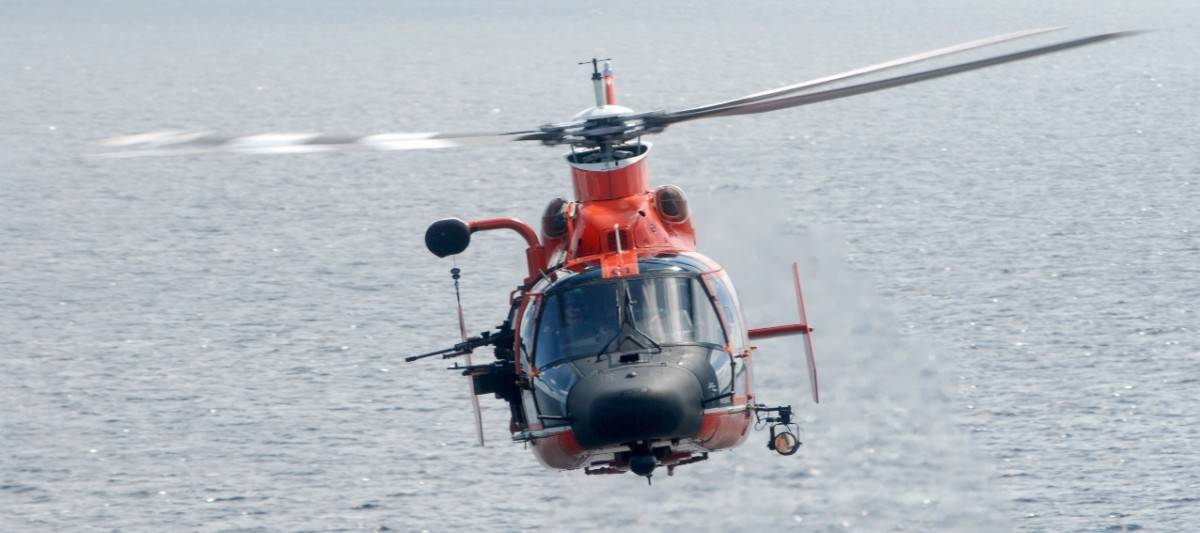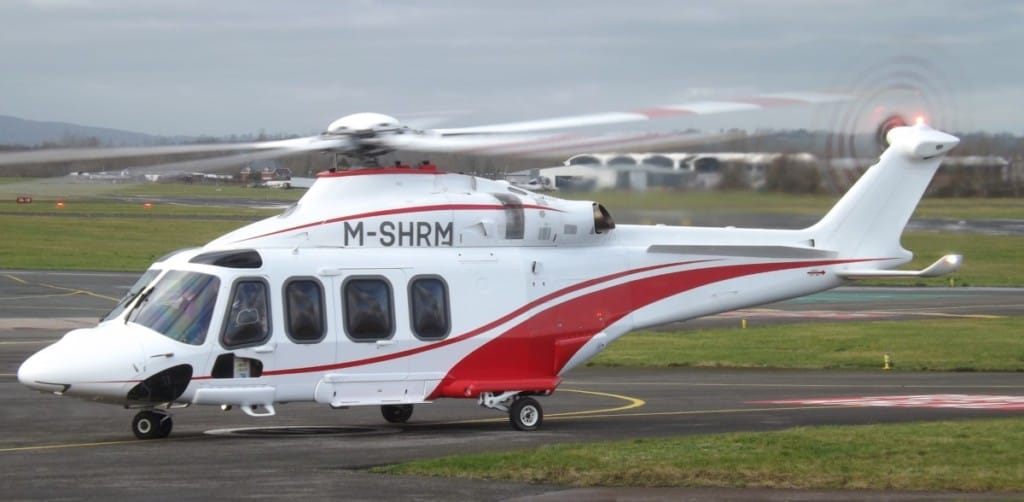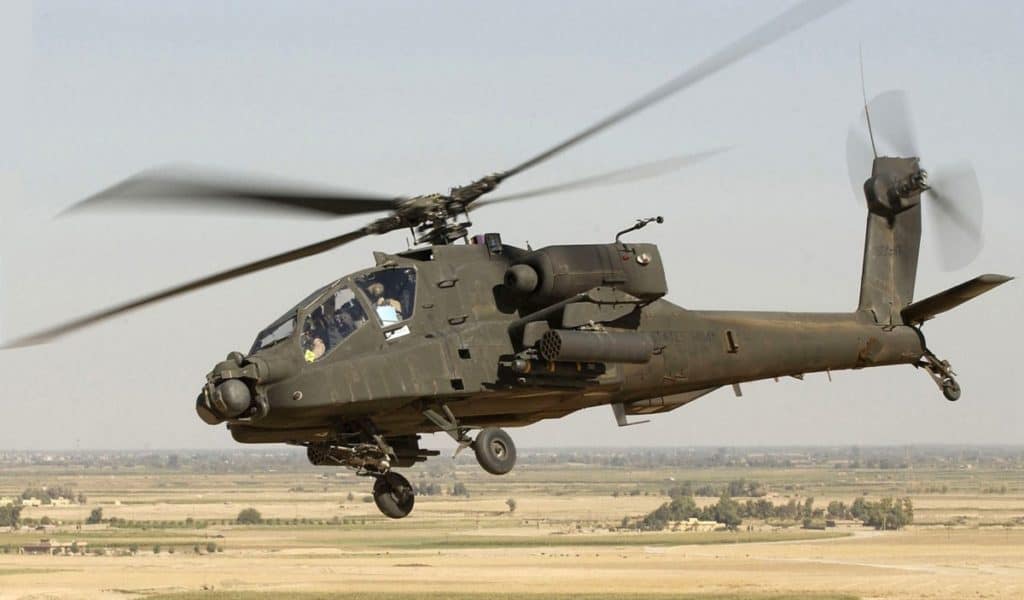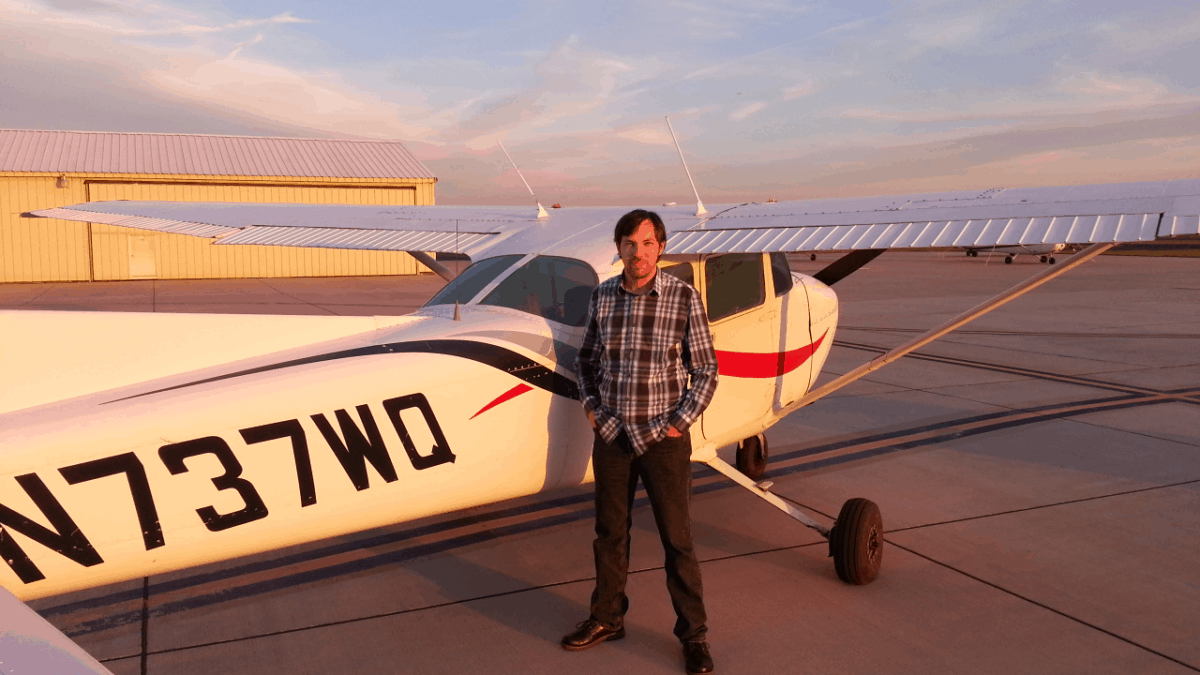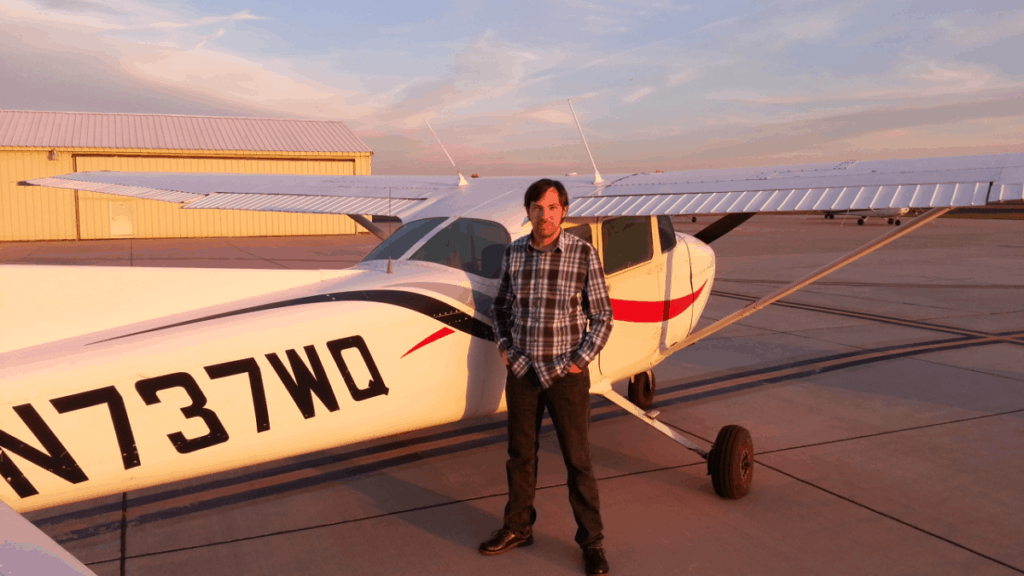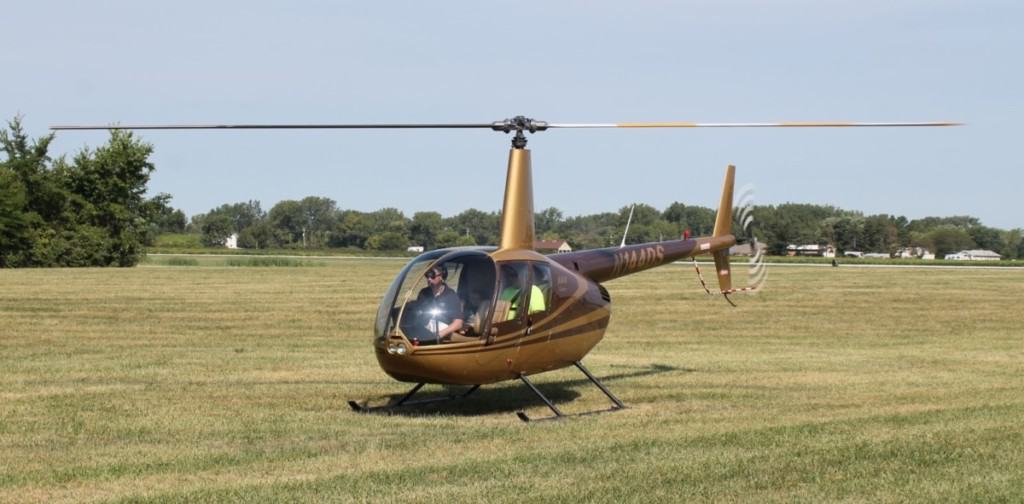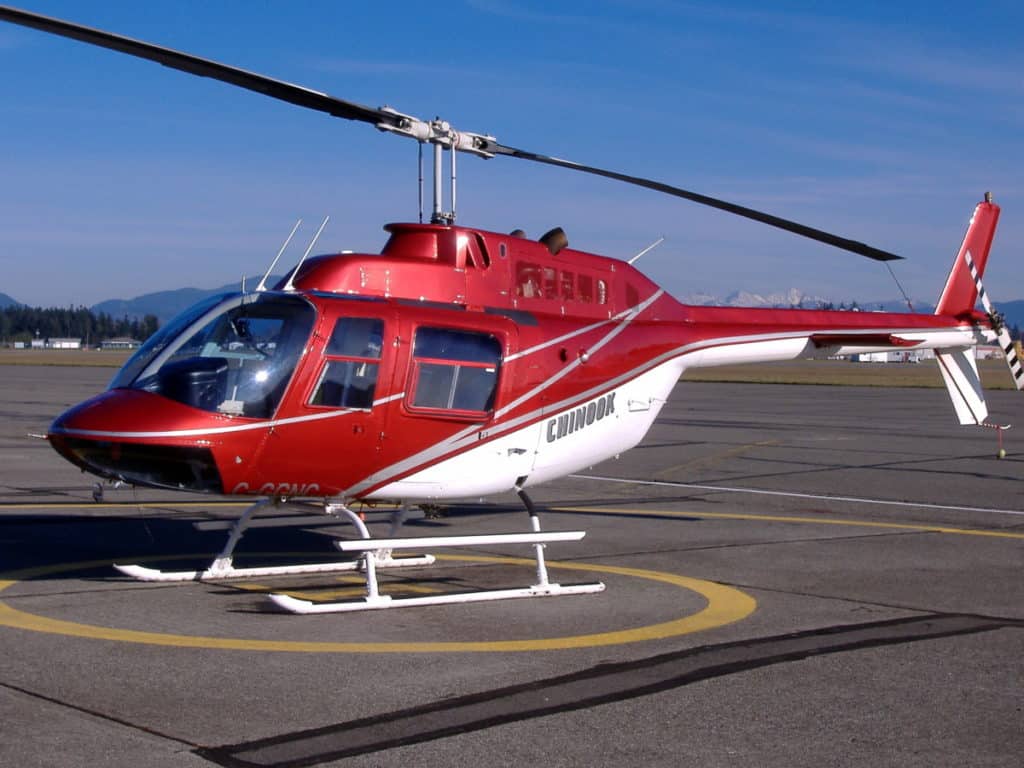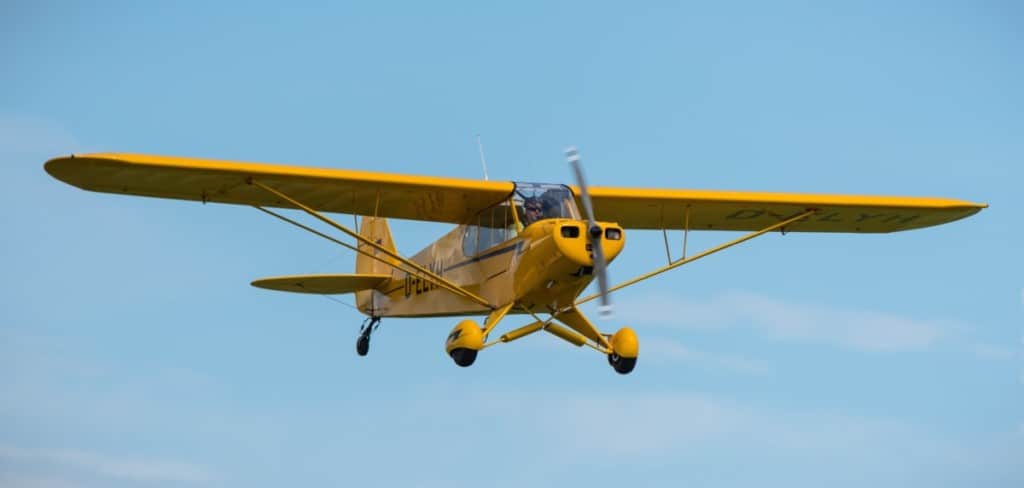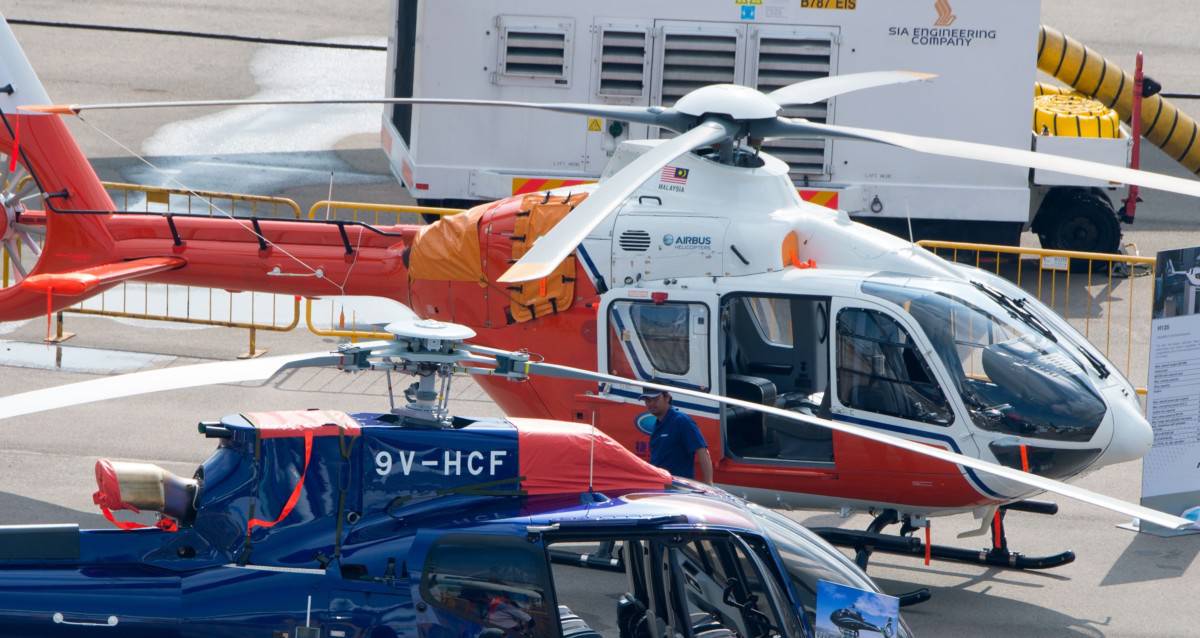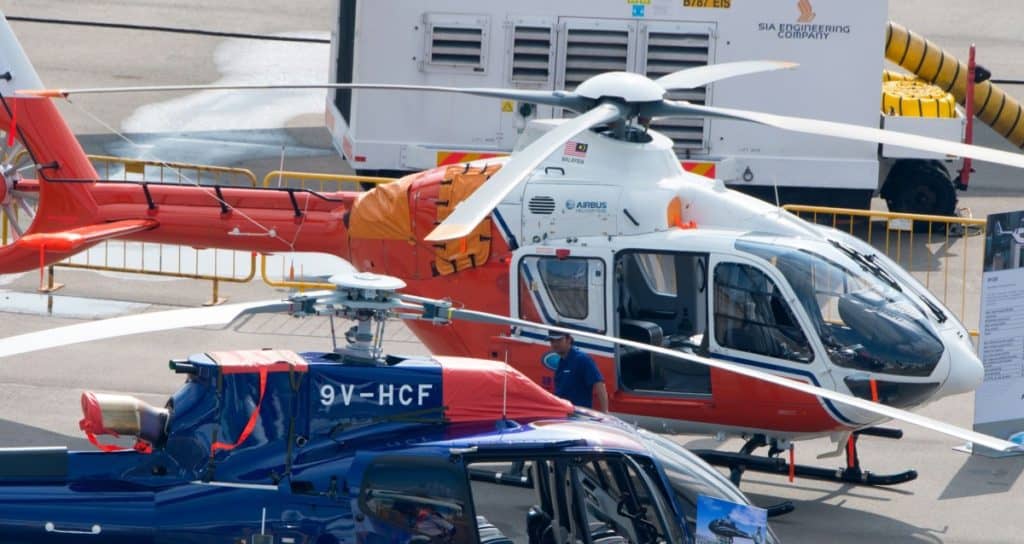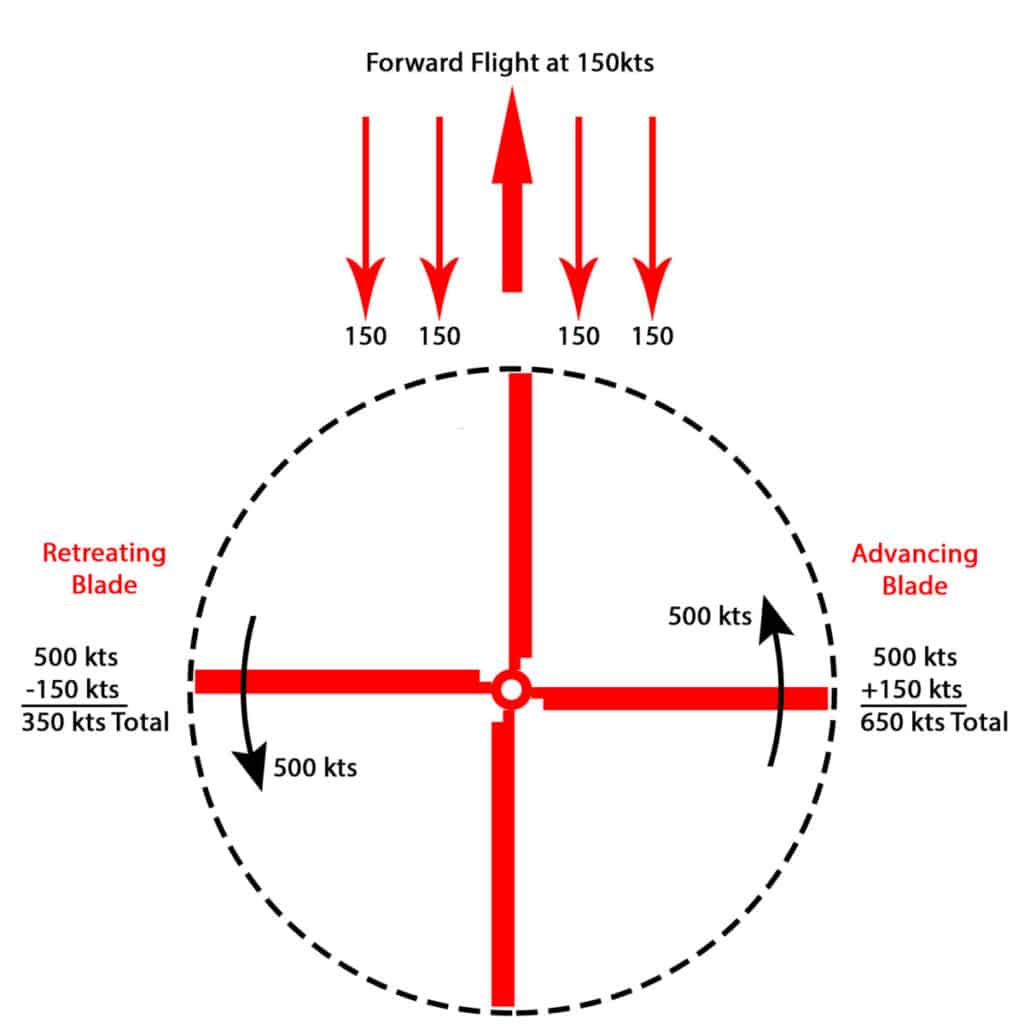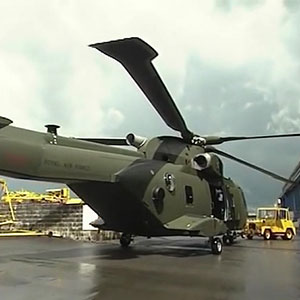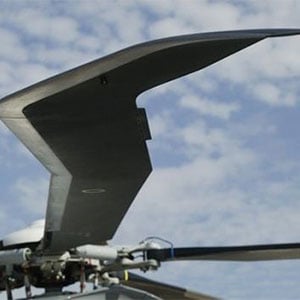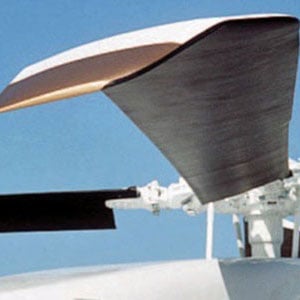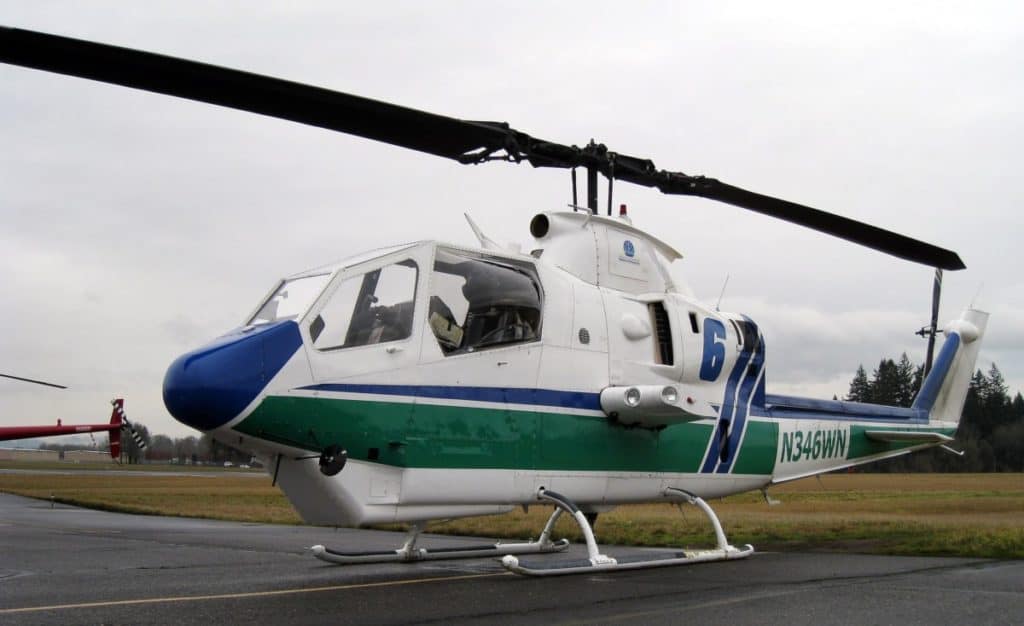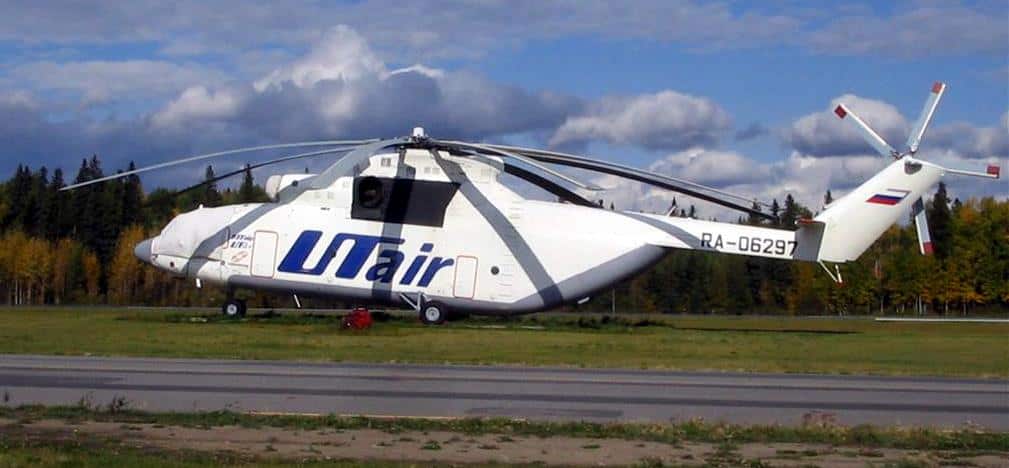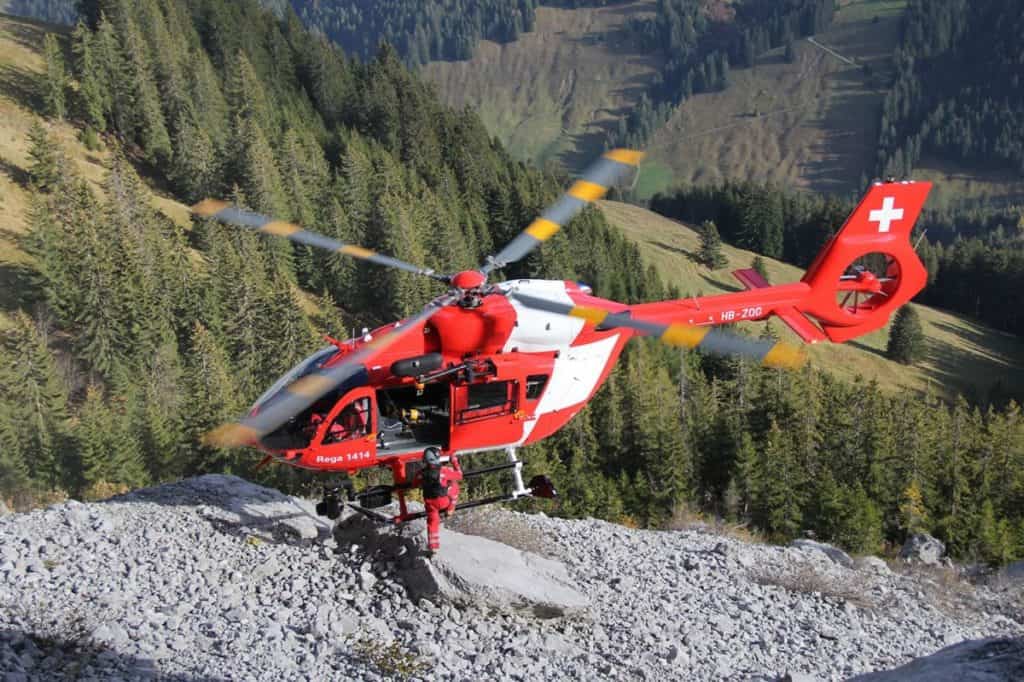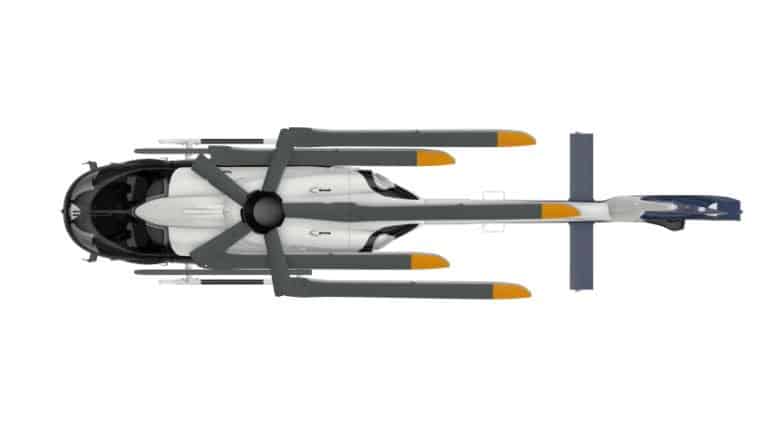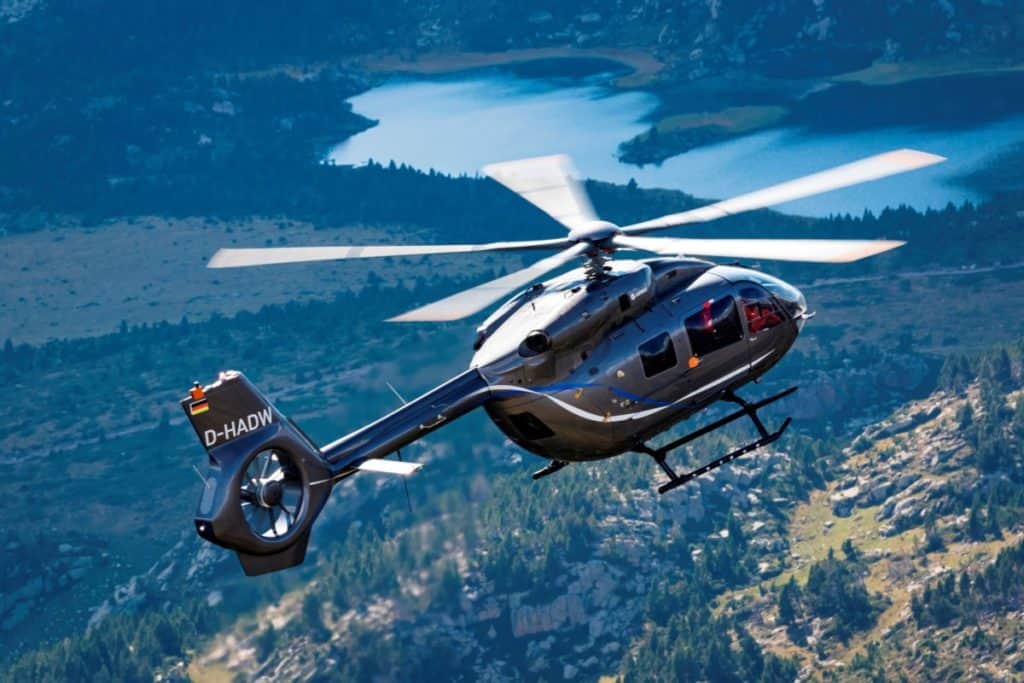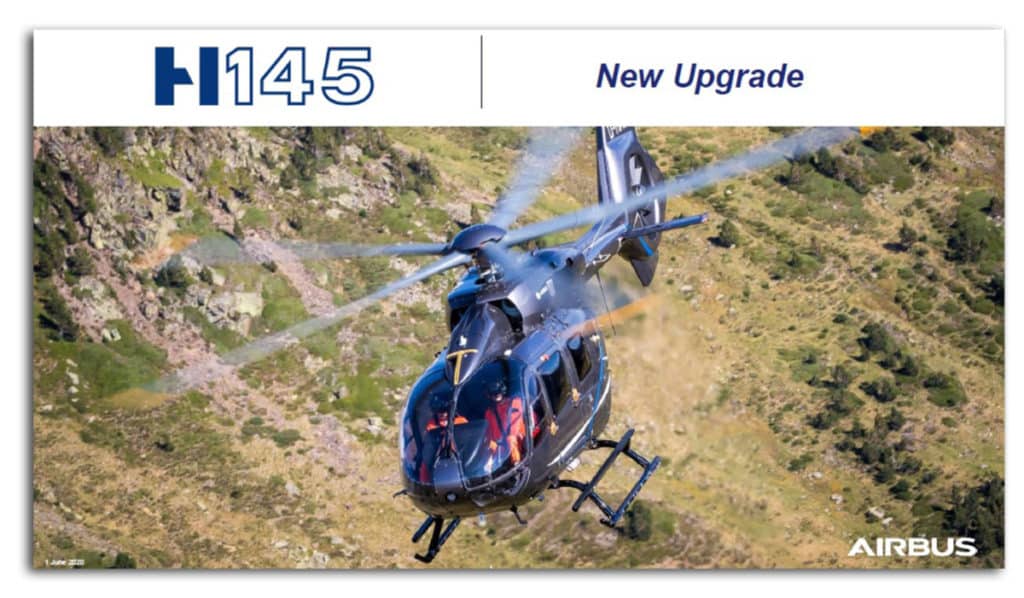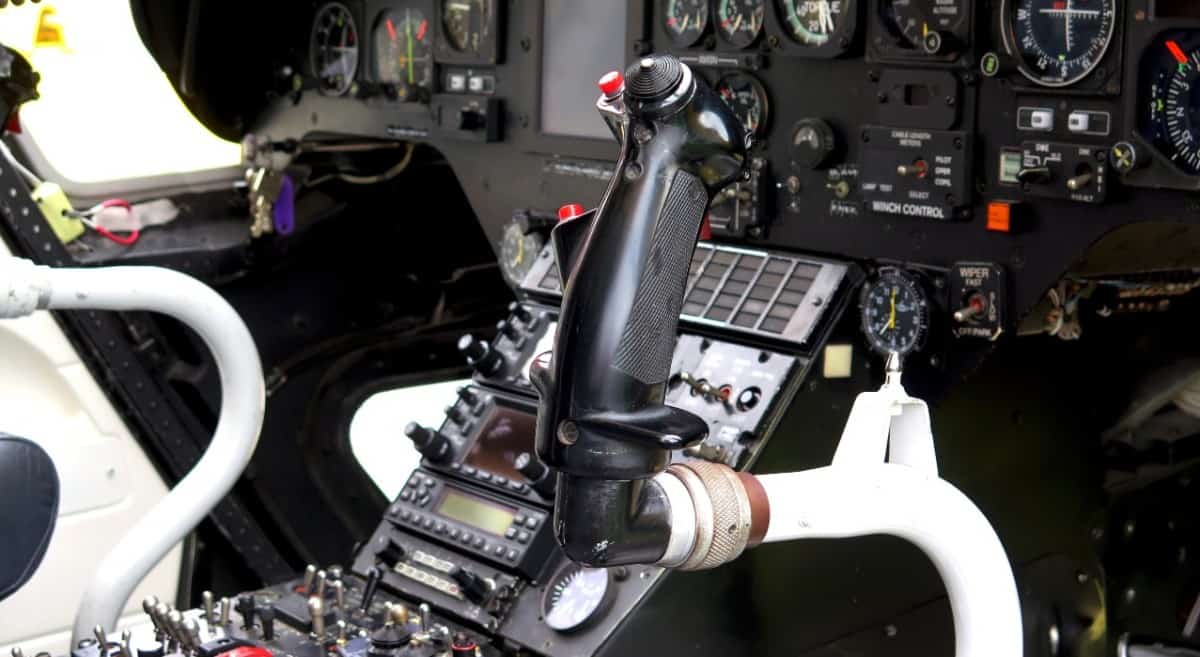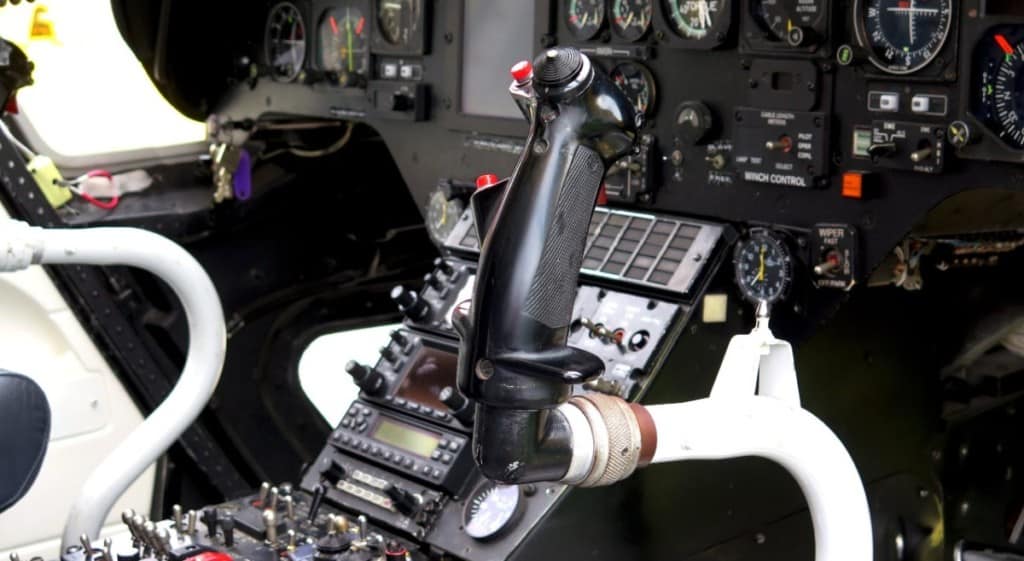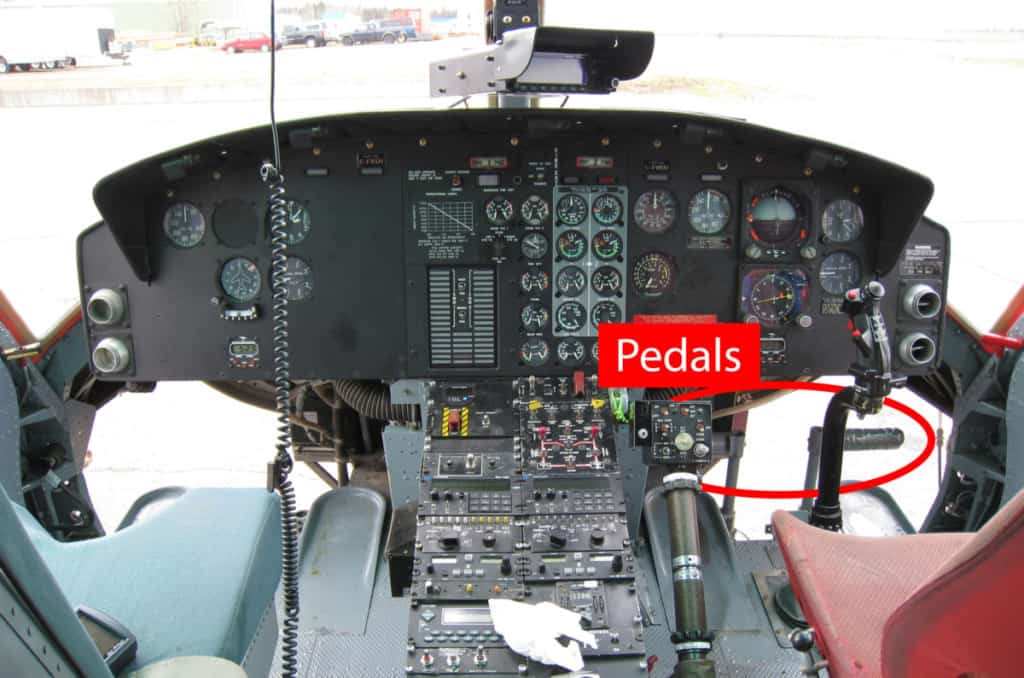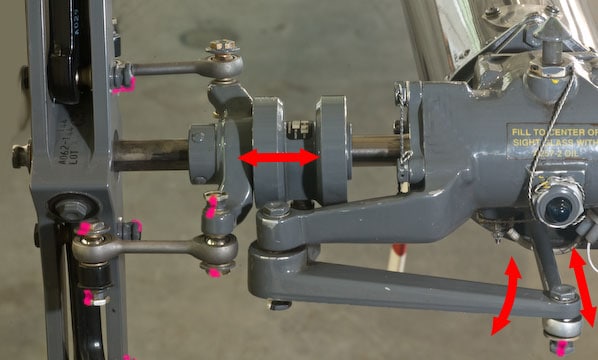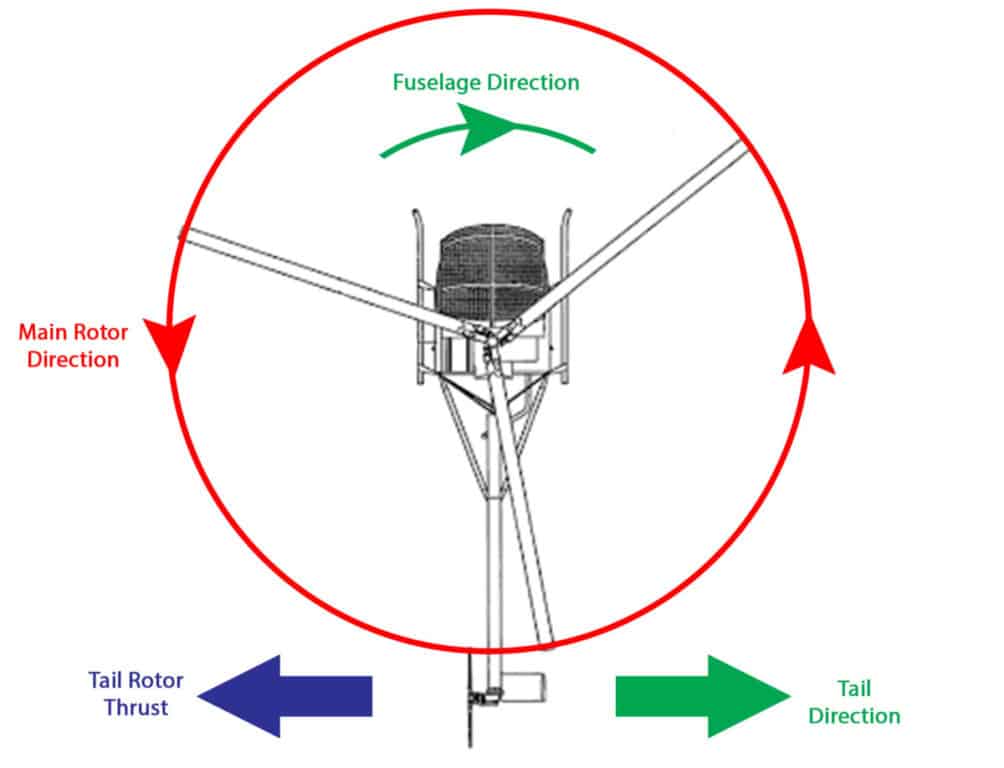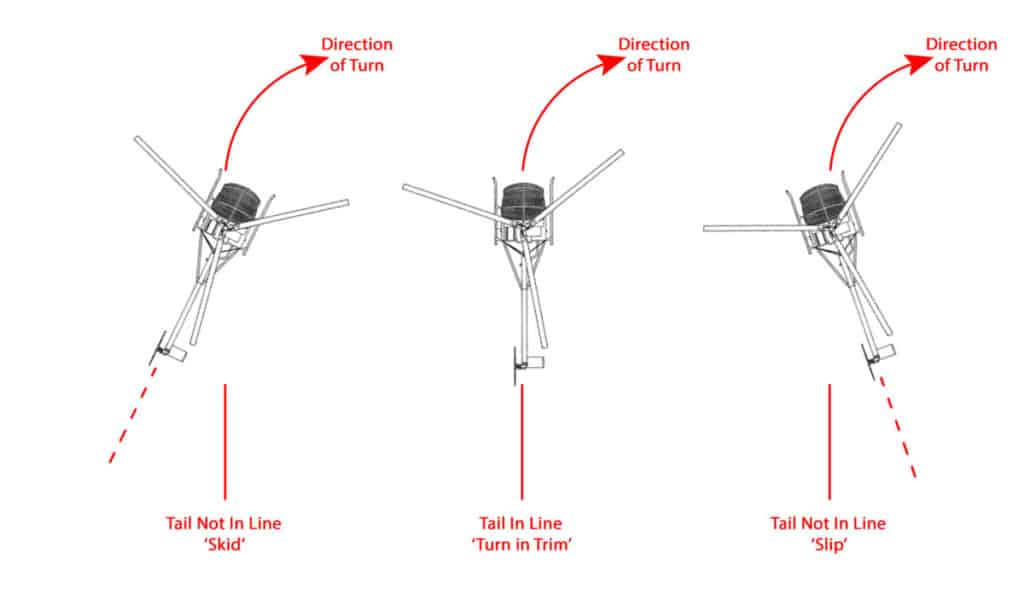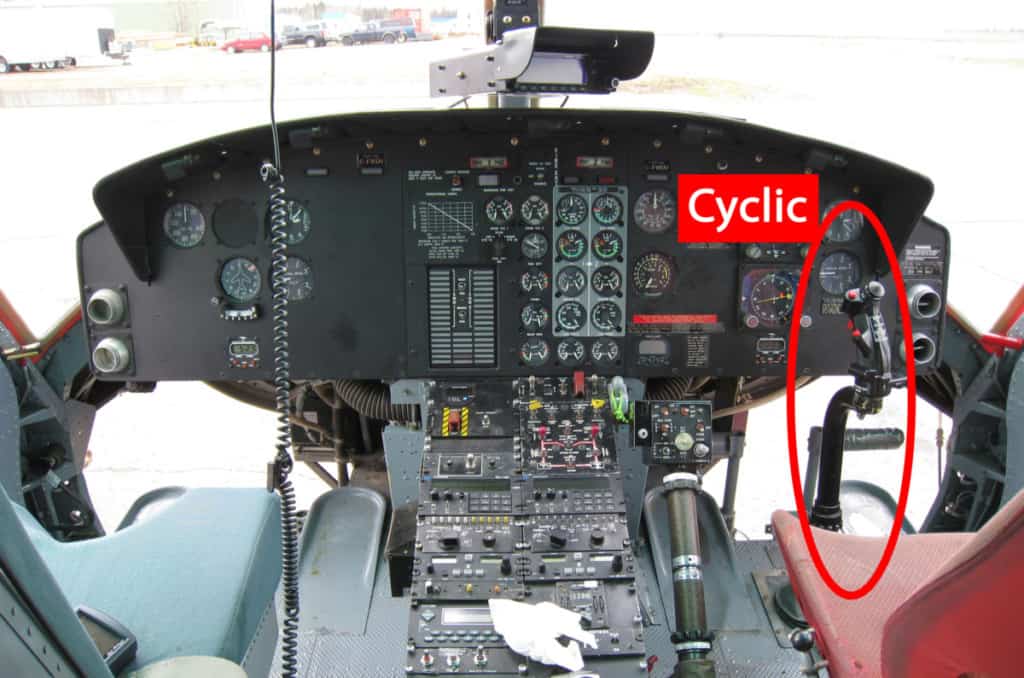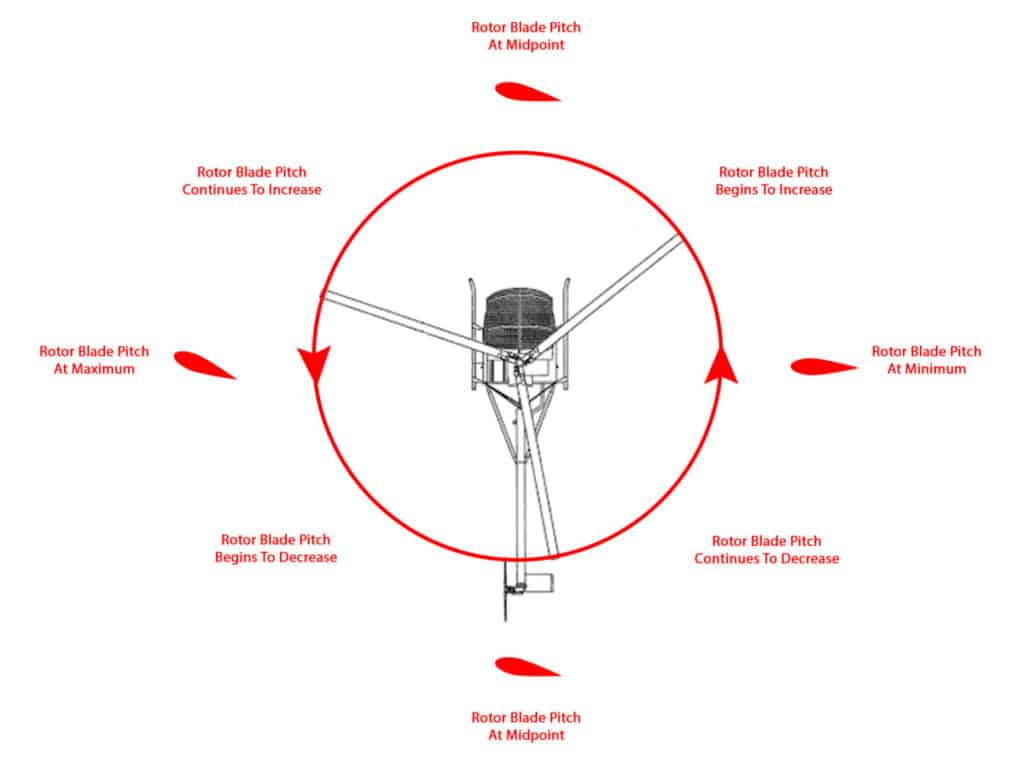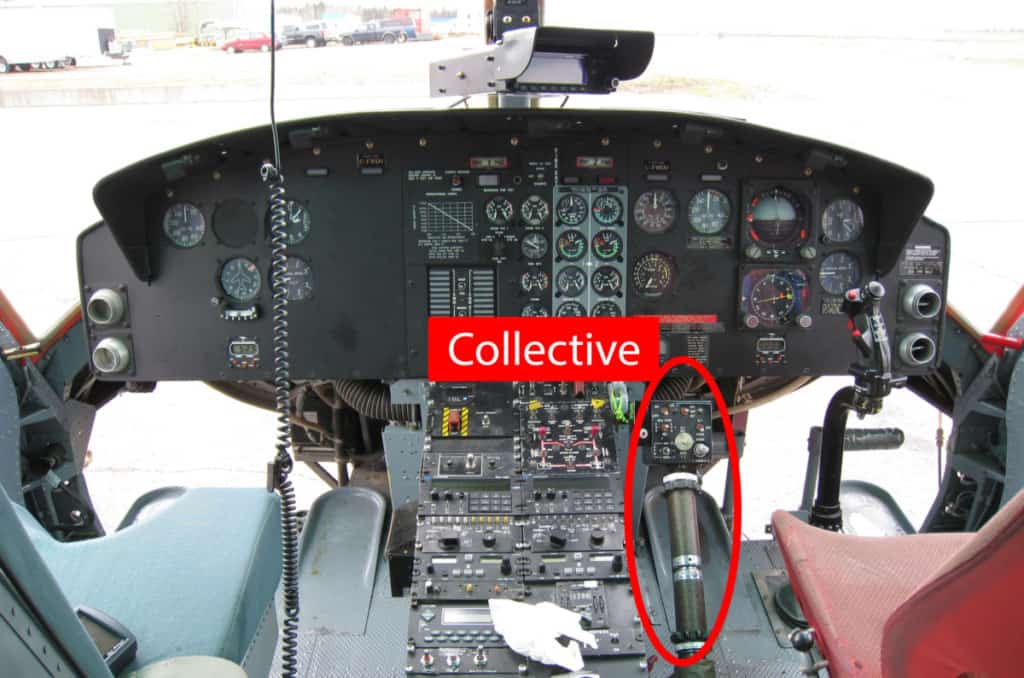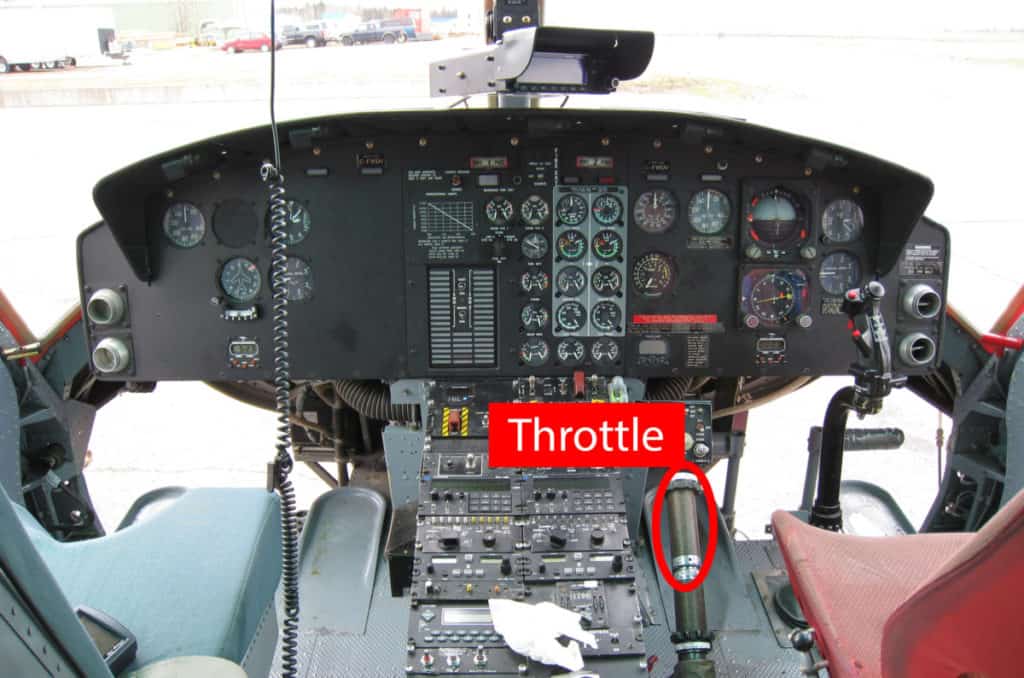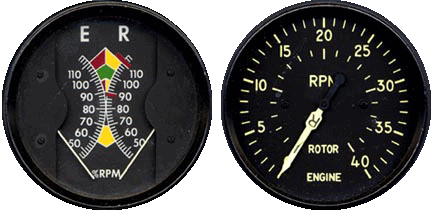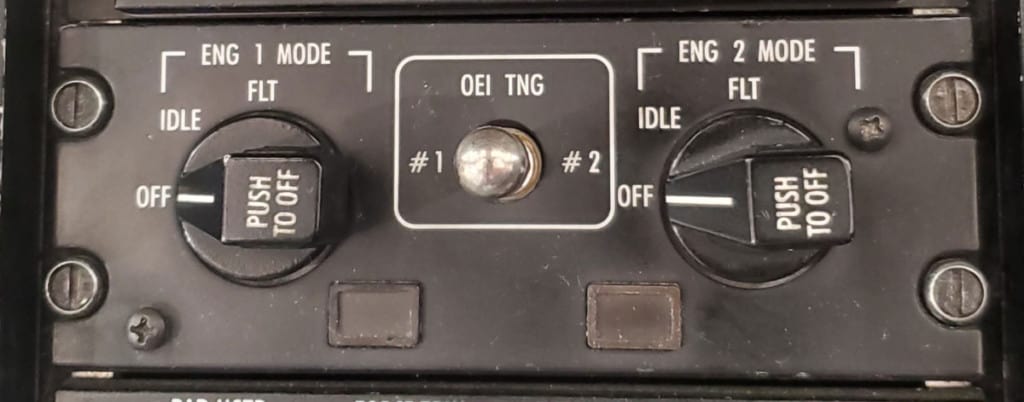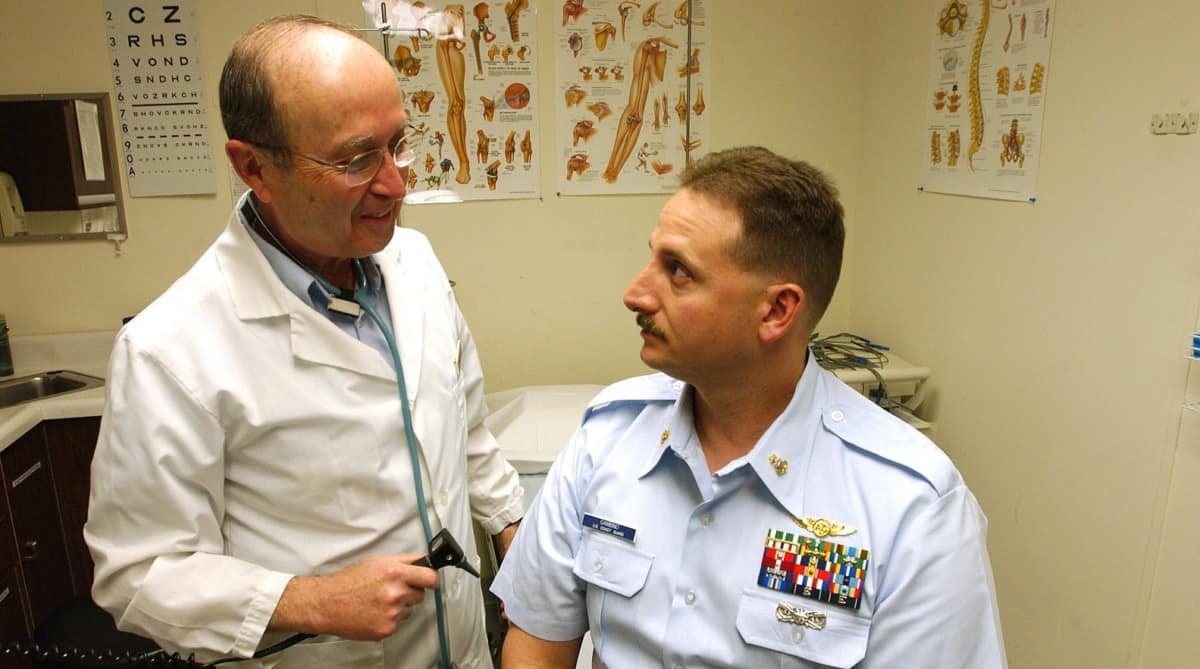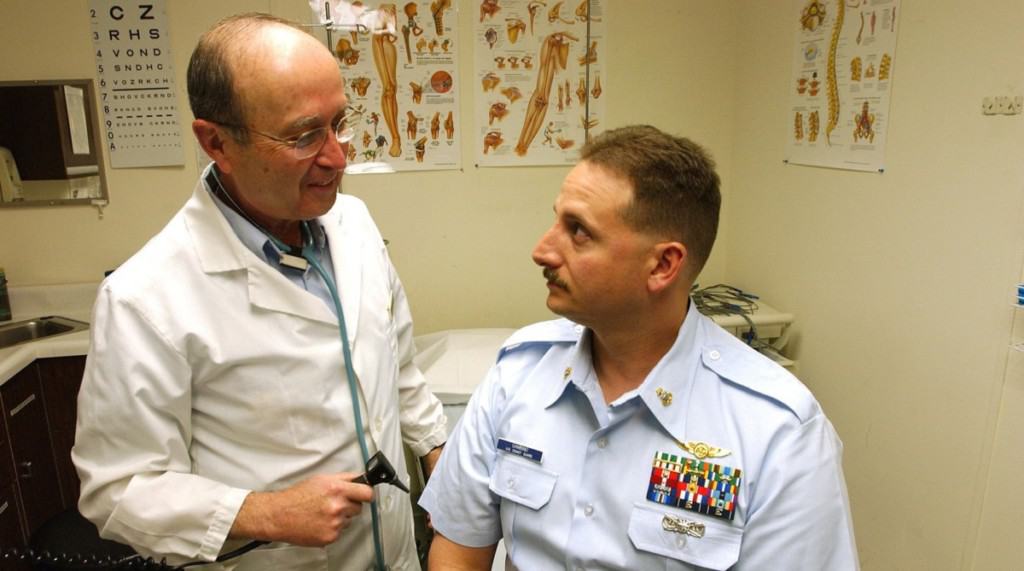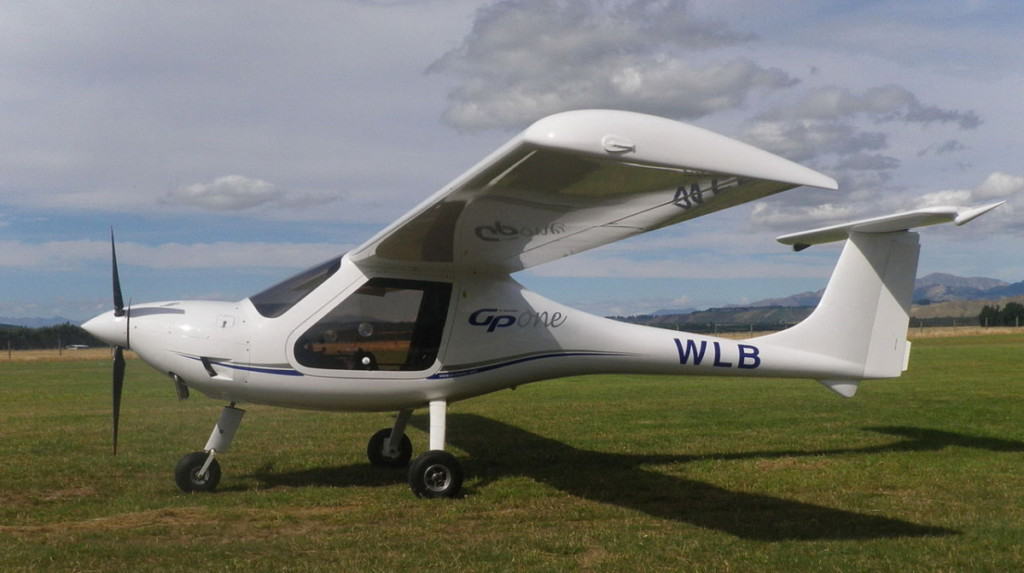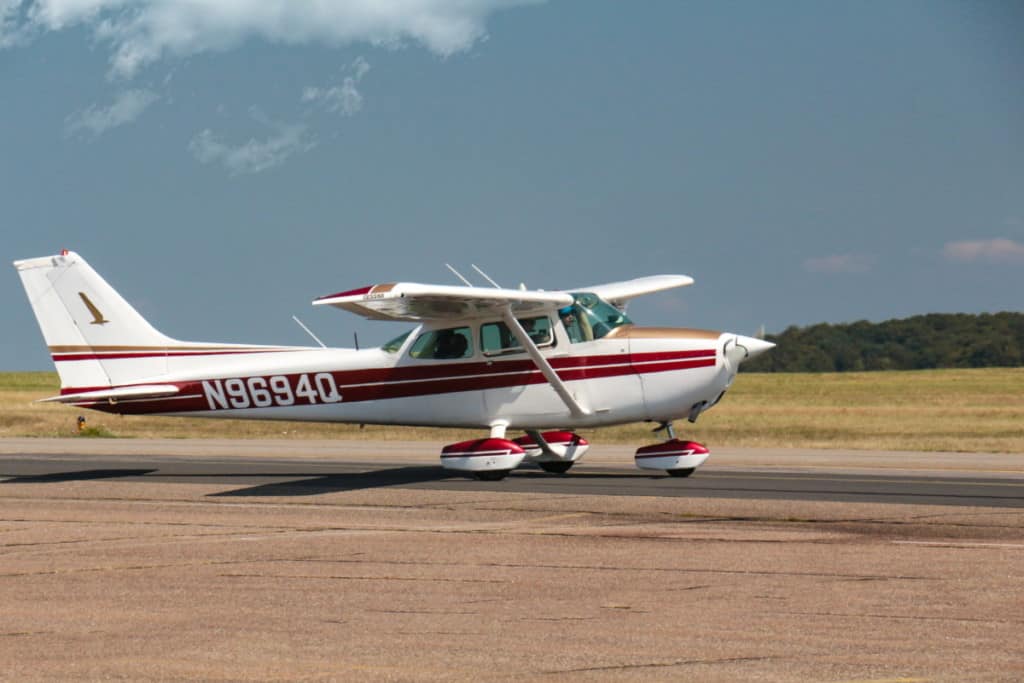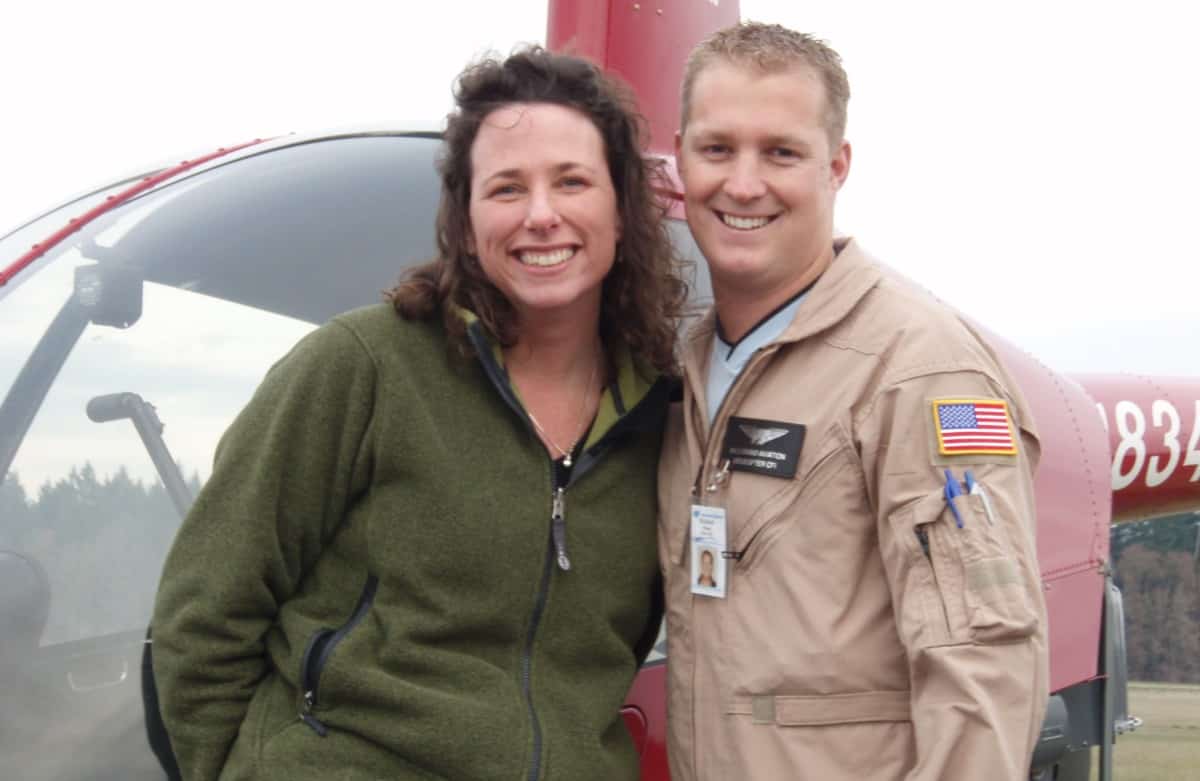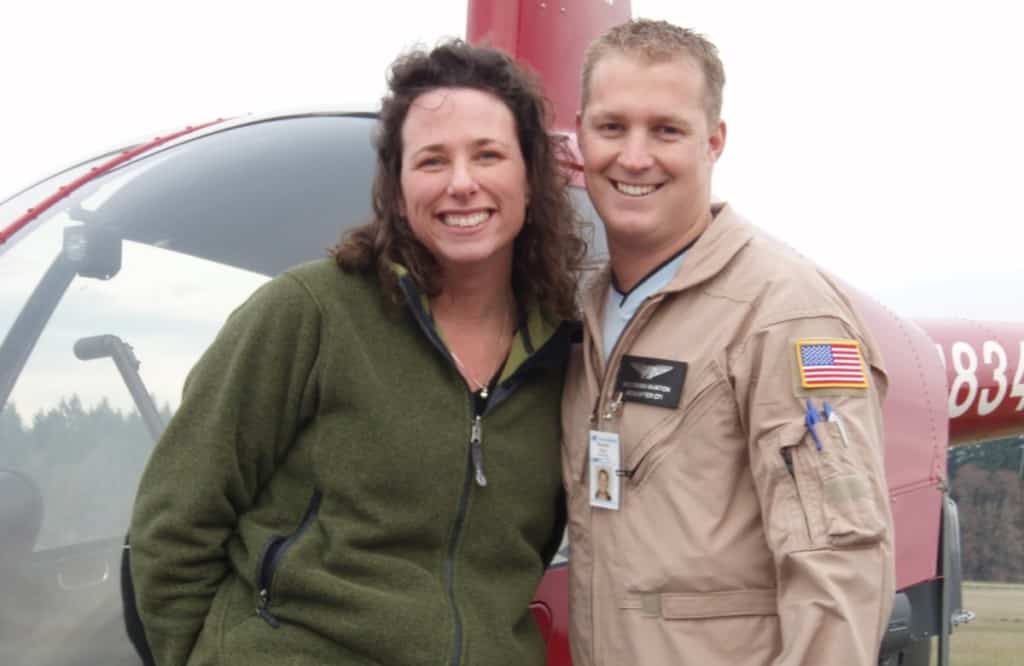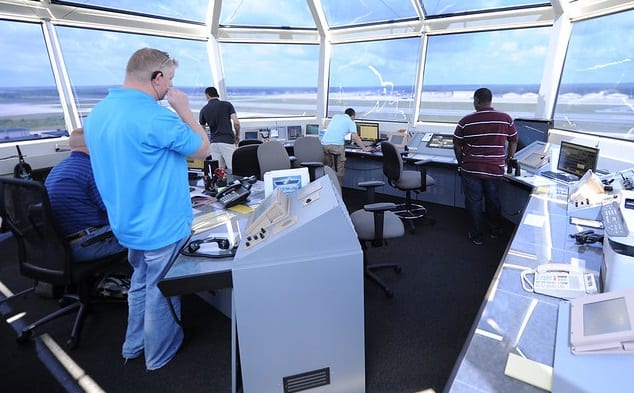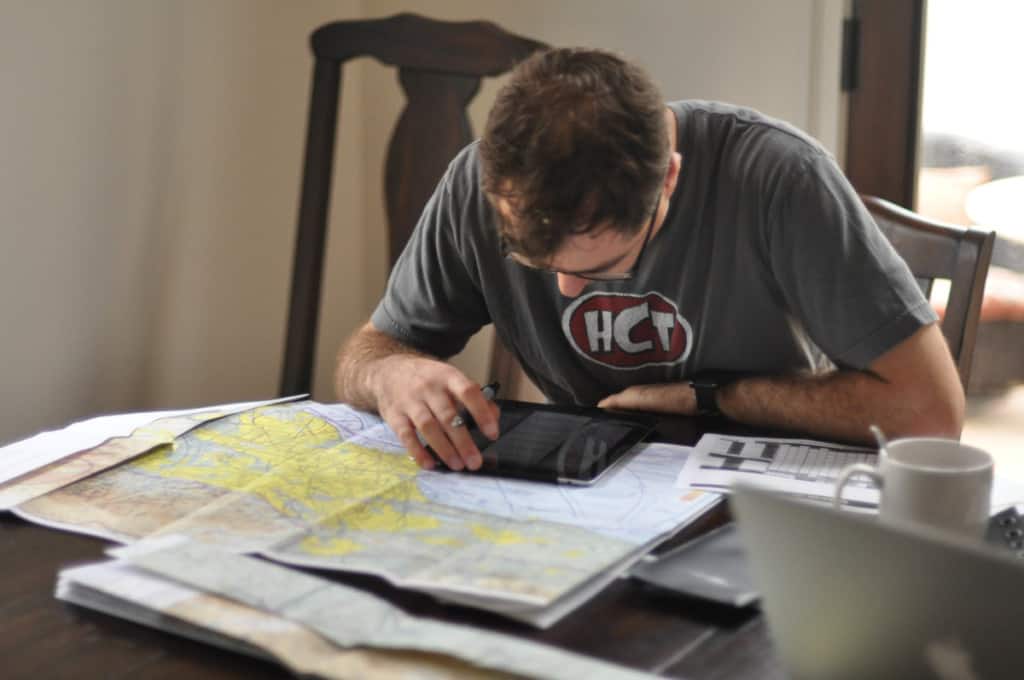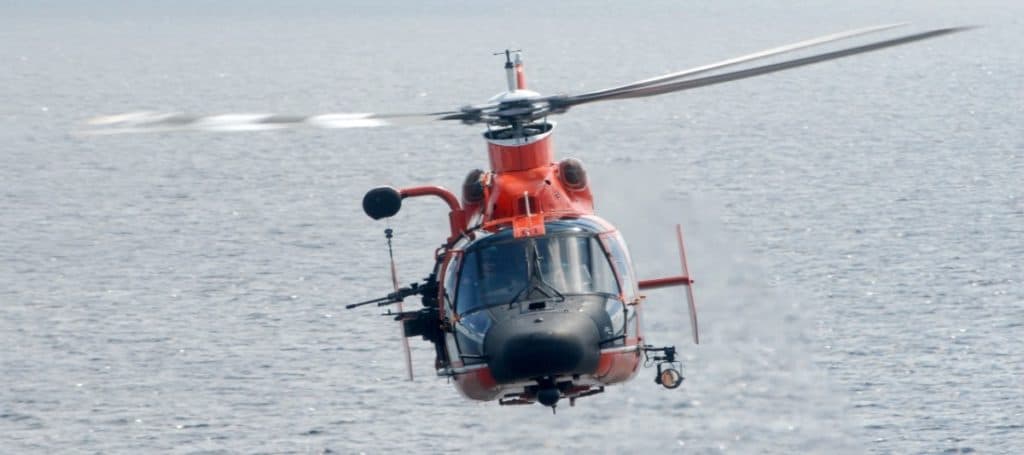
Being able to travel fast in a helicopter is always at the top of most passengers ‘Want List’. Getting to the destination fast, being able to land in confined locations, and doing it smooth and quiet presents some great challenges to civilian helicopter designers.
With military helicopters, making a helicopter fast is also at the top of the wish list, but then add on the various multi-role capabilities and weapons systems, getting the helicopters to go as fast as they do is some real engineering wizardry!
The top speed for most single-engine helicopters is around 150 kts or 173 mph. The top speed for most twin-engine helicopters is around 160 kts or 185 mph. The world record holder, G-LYNX flew at 223 kts or 257mph! Tilt-Rotor helicopters like the Bell Boeing V-22 Osprey can fly at 305 kts or 351mph.
This comparison was written to give you the best quality, accurate content for the helicopters currently in production today. Each helicopter was researched from the actual manufacturer’s data and included where applicable. You will be able to find more information on each helicopter from the links included.
The Maximum Speeds this comparison is based on are the helicopters Max Cruise Speed as this was the most common speed given by the manufacturers, not Vne. A lot of the military helicopters will not have a published Vne. Only the Flight Manuals will have these numbers.
You may feel some aircraft have been left out and this may be because I could not find any credible evidence of speed data and this is not just a Wikipedia Copy&Paste like all the other comparisons.
This comparison also only focuses on the ‘Traditional’ helicopter as the new breed of ‘Compound, Hybrid or Tilt Rotor’ helicopters have an unfair advantage and are for a future comparison article.
Enjoy!
Top 10 Fastest Production Civilian Helicopters
10. HAL ALH MkIII DHRUV

Designed by Hindustan Aeronautics Limited this 5.5 Tonne Twin-Engine, Multi-Role helicopter is the civilian version of the LCH (Light Combat Helicopter) for the Indian Armed Forces.
Orders for this civilian model are increasing with from the Sarang ALH Display Team showcasing the helicopter’s capabilities at airshows worldwide since 2003.
| Manufacturer: | HAL |
| Engines: | 2x Safran Ardiden 1H1 |
| Engine Power: | 1,384 shp ea |
| Maiden Flight: | 1992 |
| Max Cruise Speed | 143 kts 165 mph 265 kph |
| Max Vne Speed | 158 kts 181 mph 292 kph |
HAL ACH MkIII DHRUV Website
9. Airbus H155
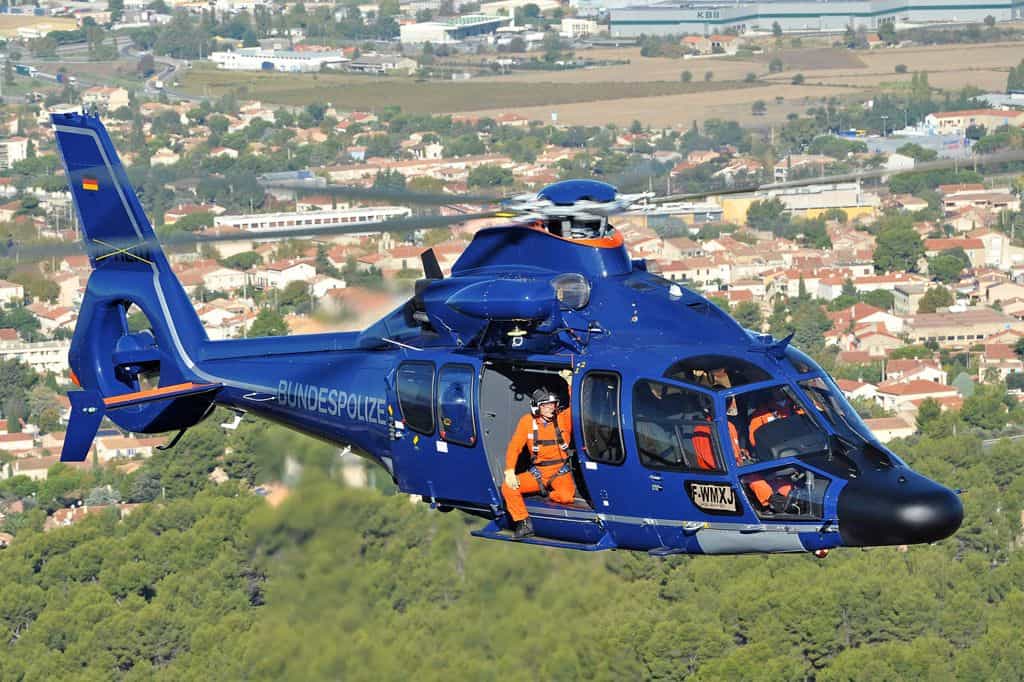
Previously the EC155 B1 from Eurocopter, the H155 from Airbus Helicopters is a Medium, Twin-Engined helicopter used in a variety of roles where high speed is welcomed.
Used all over the globe by EMS, Law Enforcement, Private and Business owners the H155 is latest generation building on the legendary Dauphin history.
| Manufacturer: | Airbus Helicopters |
| Engines: | 2x Safran Arriel 2C2 Turboshaft |
| Engine Power: | 935 hp ea |
| Maiden Flight: | 1997 |
| Max Cruise Speed | 144 kts 165 mph 266 kph |
| Max Vne Speed | Not Given |
Airbus H155 Website
Learn More…
Try These Articles:
* How Much Fuel Does a Helicopter Burn? Get Your Visa Card Out!
* How High Can You Go In a Helicopter? Can You Land On Mount Everest?
8. Leonardo AW169
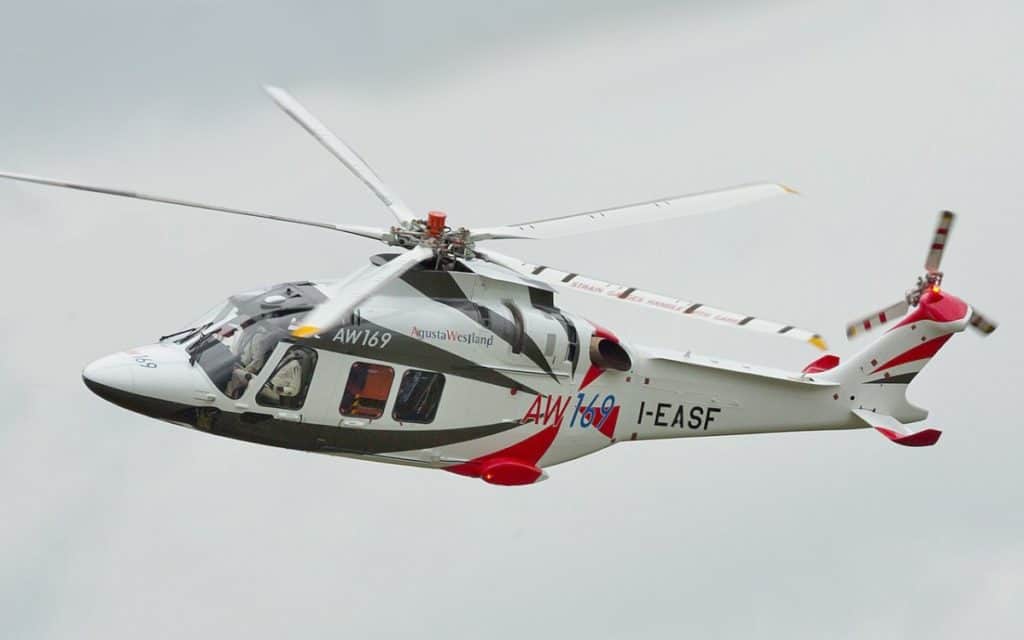
The AW169 is the latest 4.5 tonne Twin-Engine Helicopter from Leonardo.
Designed for Luxury VIP, EMS, and Law Enforcement this helicopter may be at the smaller end of Leonardo’s range but it packs a punch.
Latest generation avionics and engines and the only helicopter in its size group to come equipped with an on-board APU to ensure the highest levels of comfort without the rotors turning.
| Manufacturer: | Leonardo |
| Engines: | 2x P&W PW210A Series Turboshaft |
| Engine Power: | 1,000 shp ea |
| Maiden Flight: | 2012 |
| Max Cruise Speed | 145 kts 167 mph 268 kph |
| Max Vne Speed | 145 kts 167 mph 268 kph |
Leonardo AW169 Website
7. Airbus H175
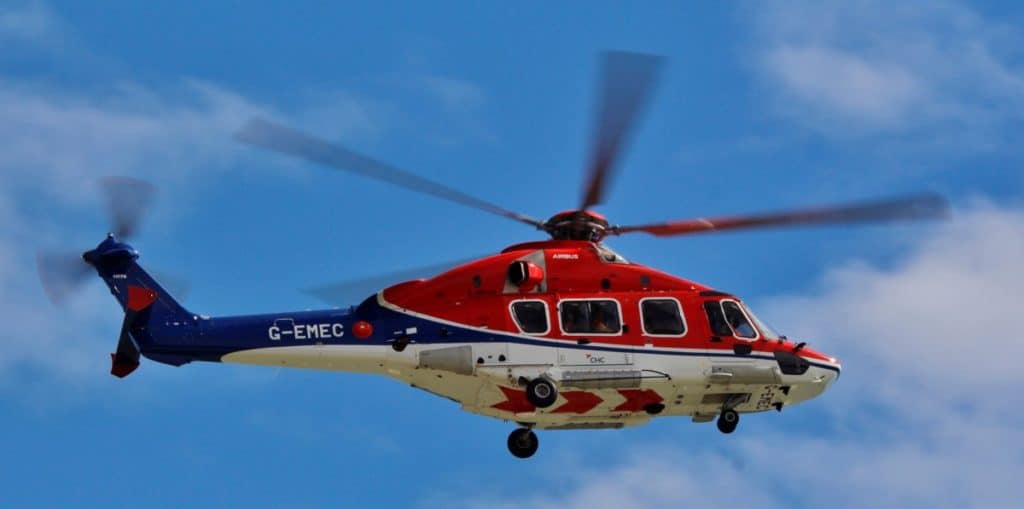
The H175 from Airbus is a world record-setting Light-Medium Multi-role Helicopter.
With its main role aimed at Off-Shore Oil&Gas transportation, this helicopter is also seeing use in Search & Rescue, Law Enforcement, and VIP Government contracts.
With a maximum seating for 18 passengers on board getting to the destination at 150 kts does not take long in this helicopter.
| Manufacturer: | Airbus Helicopters |
| Engines: | 2x P&W PT6C-67E Series Turboshaft |
| Engine Power: | 1,775 shp ea |
| Maiden Flight: | 2009 |
| Max Cruise Speed | 150 kts 172 mph 277 kph |
| Max Vne Speed | Not Given |
Airbus H175 Website

Join My Newsletter & Get Great Tips, Information and Experiences To Help You Become a Superb Pilot!
6. Sikorsky S92A
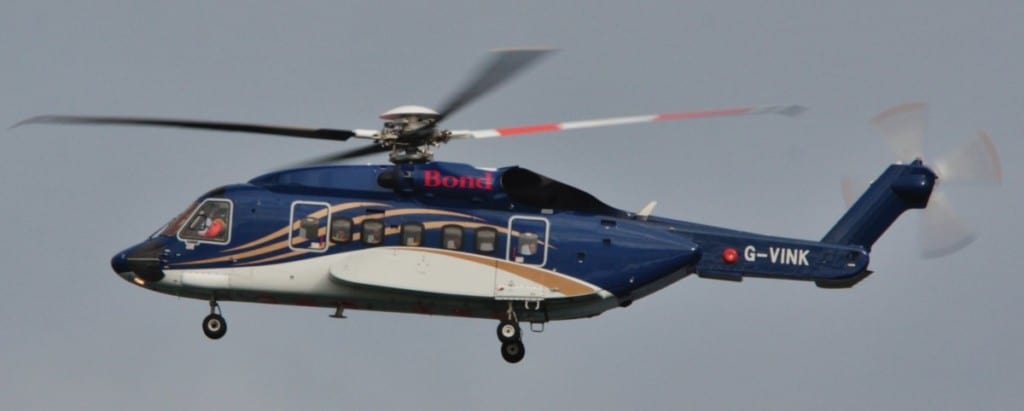
The S92A has become the mule of the Off-shore market. A large cabin with high speed and long range has solidified this aircraft as the ‘Go-To’ machine for Airlines, Search & Rescue, and VVIP Ownership.
The high-caliber technology used in every part of this helicopter is one of the reasons why it is the top of the list for many large operators, but with a price tag around $27M you better have deep pockets!
| Manufacturer: | Sikorsky Helicopters |
| Engines: | 2x General Electric CT7-8A Turboshaft |
| Engine Power: | 2,520 shp ea |
| Maiden Flight: | 1998 |
| Max Cruise Speed | 151 kts 174 mph 280 kph |
| Max Vne Speed | 165 kts 190 mph 306 kph |
Sikorsky S92A Website
5. Airbus H160
The latest helicopter from Airbus, this ACH160 is the Corporate VVIP model in the range.
One of the most stunning helicopters ever developed this new fully composite helicopter is crammed with the latest technology including Airbus’ Blue Edge Main Rotor Blades. Their most efficient and quietest rotor blade ever developed.
Its first customer delivery began in early 2021 and this helicopter is going to be raising the bar for years to come.
| Manufacturer: | Airbus Helicopters |
| Engines: | 2x Safran Arrano 1A Turboshaft |
| Engine Power: | 1,280 shp ea |
| Maiden Flight: | 2015 |
| Max Cruise Speed | 155 kts 178 mph 278 kph |
| Max Vne Speed | Not Given |
Airbus H160 Website
4. Leonardo AW189
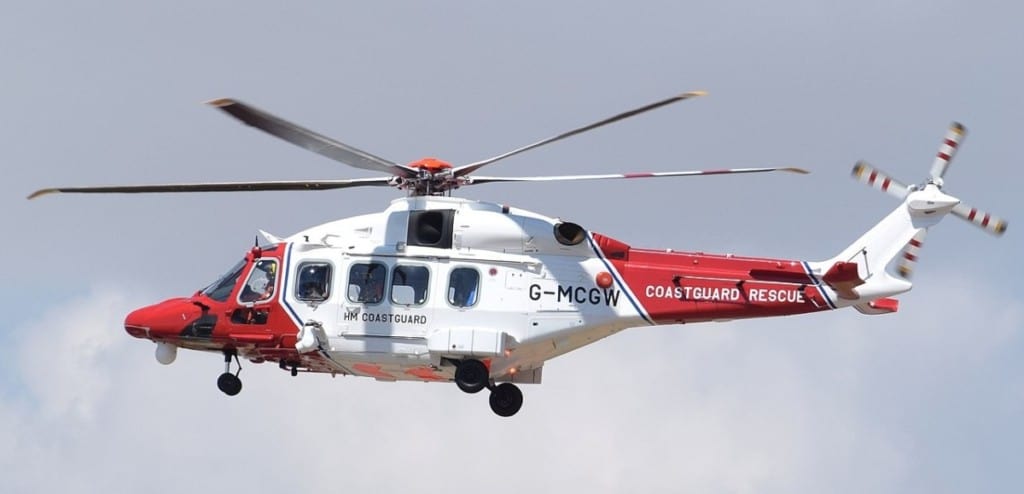
This all-weather, long-range 8.5 tonne helicopter from Leonardo is their latest Super-Medium addition to their fleet.
Flexible cabin configurations make this a perfect multi-role helicopter whether it is in Off-Shore Transportation, Search & Rescue or VVIP Operations.
Long legs and high speed make this a great utility platform.
| Manufacturer: | Leonardo |
| Engines: | 2x General Electric CT7-2E1 |
| Engine Power: | 2,000 shp ea |
| Maiden Flight: | 2011 |
| Max Cruise Speed | 155 kts 178 mph 287 kph |
| Max Vne Speed | 158 kts 181 mph 292 kph |
Leonardo AW189 Website
3. Leonardo AW109 GrandNew
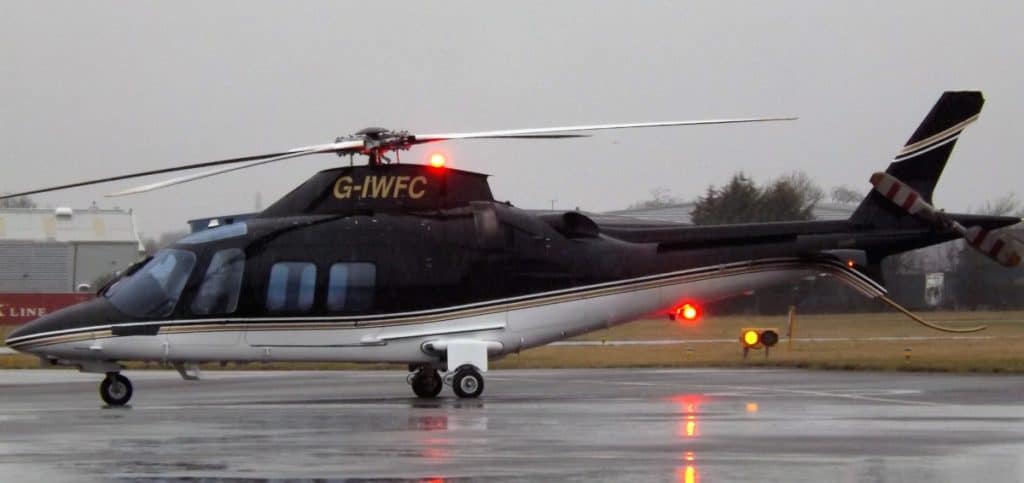
Leonardo’s latest Light-Twin offering built on the back of the hugely popular A109 series started by Agusta back in 1976.
This modern multi-role helicopter is now certified for Single-Pilot IFR making it a great personal or corporate helicopter when speed is of the essence.
With seating for up to 7 passengers this Cat A, Class 1 helicopter is a favorite!
| Manufacturer: | Leonardo |
| Engines: | 2x P&W PW207C |
| Engine Power: | 735 shp ea |
| Maiden Flight: | 2015 |
| Max Cruise Speed | 156 kts 180 mph 289 kph |
| Max Vne Speed | Not Given |
Leonardo AW109 GrandNew Website
2. Russian Helicopters KA-62
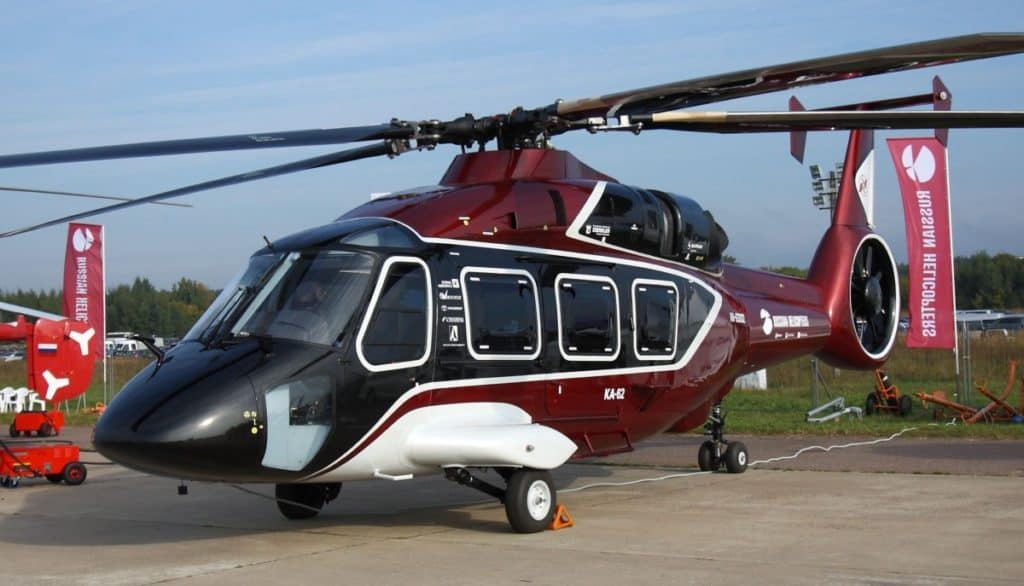
Russian Helicopters latest offering to the Medium Class civilian helicopter market.
This fast, multi-role helicopter was designed to meet international standards for Cargo Transport, Offshore Transport, Search & Rescue and VVIP operations.
Utilizing the latest materials, engines, and avionics this sleek all-weather helicopter has some tough competition!
| Manufacturer: | Russian Helicopters |
| Engines: | 2x Safran Ardiden 3G |
| Engine Power: | 1,776 shp ea |
| Maiden Flight: | 2017 |
| Max Cruise Speed | 157 kts 180 mph 290 kph |
| Max Vne Speed | 167 kts 193 mph 310 kph |
Russian Helicopters KA-62 Website
1. Leonardo AW139
One of the most popular Twin-Engined helicopters in the world. Not only does this machine boast fast cruising speeds, but full Cat A, all-weather IFR capabilities.
Used all over the globe in Off-Shore Transportation, EMS, Law Enforcement, and VVIP operations this is my favorite helicopter I have ever flown.
Easy to fly, smooth and capable allows any pilot a stress-free flight.
| Manufacturer: | Leonardo |
| Engines: | 2x P&W PT6C-67C Turboshaft |
| Engine Power: | 1,100 shp ea |
| Maiden Flight: | 2001 |
| Max Cruise Speed | 165 kts 190 mph 306 kph |
| Max Vne Speed | 167 kts 193 mph 310 kph |
Leonardo AW139 Website
Top 10 Fastest Production Military Helicopters
10. KA-52 ‘Alligator’
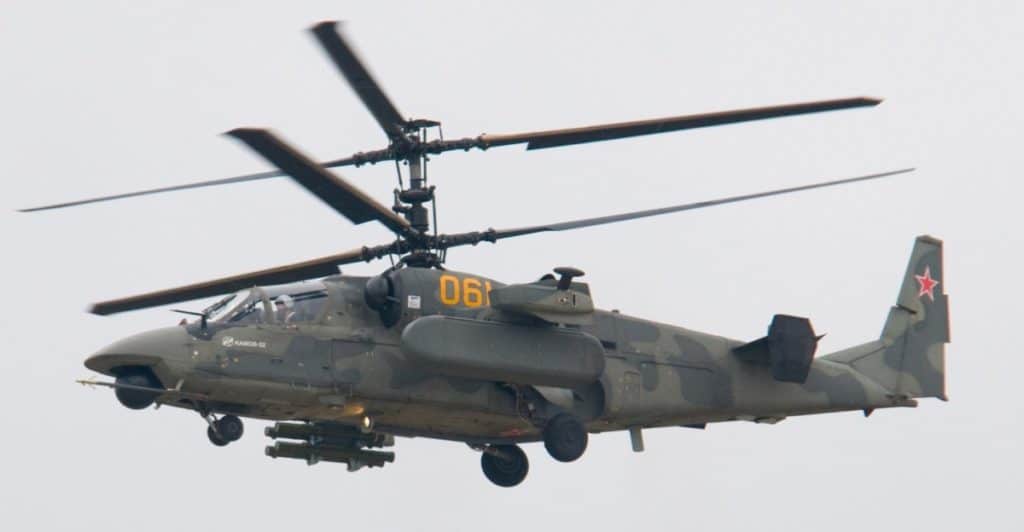
This unique Contra-rotating reconnaissance and combat helicopter is a tank & armored vehicle destroying machine.
With the latest aviation and weapons technologies this helicopter is seeing action with the Russian and Egyptian Armed Forces.
With the manufacturer stating it has ‘Shock-Absorbing Ejector Seats’ it is definitely a helicopter to further inspect!
| Manufacturer: | Russian Helicopters |
| Engines: | 2x Klimov VK-2500 Turboshaft |
| Engine Power: | 2,400 shp ea |
| Maiden Flight: | 1997 |
| Max Cruise Speed | 140 kts 162 mph 260 kph |
| Max Vne Speed | 162 kts 186 mph 300 kph |
Russian Helicopters KA-52 Website
9. Мi-28N ‘Night Hunter’

This advanced attack helicopter has been designed to seek out and destroy enemy targets in all weather conditions.
Built with combat survivability in mind this helicopter is designed to take a beating while unleashing hell on its targets.
The Mi-28N & its export version, Mi-28NE is in service with the Iraqi, Algerian and Russian Armed Forces as well as the Russian Air Force Berkuty Flight Display Team.
| Manufacturer: | Russian Helicopters |
| Engines: | 2x Klimov VK-2500-02 Turboshaft |
| Engine Power: | 2,200 hp ea |
| Maiden Flight: | 1982 |
| Max Cruise Speed | 143 kts 166 mph 265 kph |
| Max Vne Speed | 162 kts 186 mph 300 kph |
Russian Helicopters Mi-28N Website
8. Leonardo AW101 ‘Merlin’
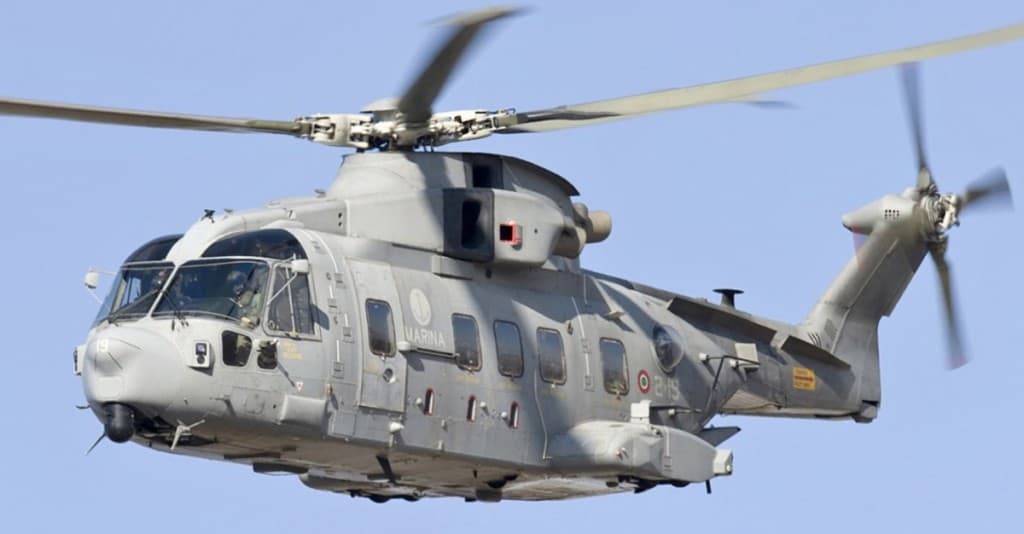
The AW101 is the latest highly versatile helicopter from Leonardo. Building on the very successful EH101 this helicopter is used by over 14 different Armed Forces in both land-based & sea-based operations
Featuring 3 powerful engines, highly advanced avionics, composite fuselage, this helicopter is fast, capable, and quiet due to its ‘BERP‘ rotor blades.
| Manufacturer: | Leonardo |
| Engines: | 3x General Electric CT7-8E Turboshaft |
| Engine Power: | 2,527 shp ea |
| Maiden Flight: | 1982 |
| Max Cruise Speed | 145 kts 172 mph 277 kph |
| Max Vne Speed | 167 kts 192 mph 309 kph |
Leonardo AW101 Website
Learn More…
Try These Articles:
* How Much Can a Helicopter Lift? 20 Helicopters Compared!
* Police Helicopters: All Your Questions Answered!
7. Boeing AH-64E ‘Apache’
The Apache is one of the most recognizable attack helicopters in the world.
The E model is the latest generation of this formidable helicopter with upgraded engines, avionics, and weapons systems this latest version is a true soldier’s friend or foe!
In use in over 15 countries this fast, invisible attack platform is by far one of the most deadly helicopters in the world today.
| Manufacturer: | Boeing |
| Engines: | 2x General Electric T700-GE-701D |
| Engine Power: | 1,890 shp ea |
| Maiden Flight: | 1975 |
| Max Cruise Speed | +150 kts 173 mph 278 kph |
| Max Vne Speed | Not Given |
Boeing AH-64E Website
6. Leonardo AW109M
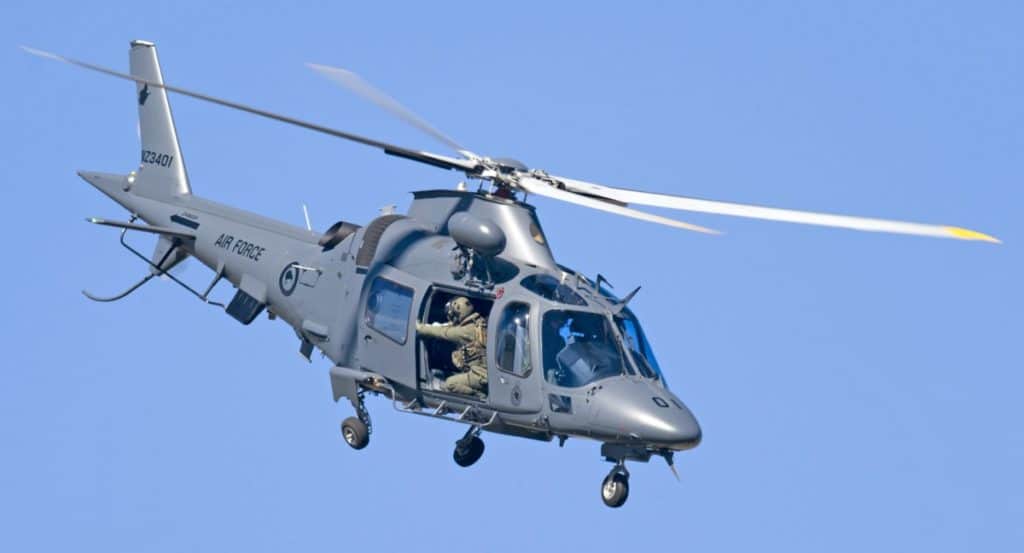
This fast, agile multi-engine, multi-role helicopter from Leonardo is a popular, cost-effective helicopter.
Its small footprint makes it perfect for use aboard naval ships while also allowing it to provide discreet reconnaissance during land-borne operations.
Its use in over 20 countries shows the versatility of this helicopter.
| Manufacturer: | Leonardo |
| Engines: | 2x P&W PW206C |
| Engine Power: | 561 shp ea |
| Maiden Flight: | 1971 |
| Max Cruise Speed | 154 kts 177 mph 285 kph |
| Max Vne Speed | 168 kts 193 mph 311 kph |
Leonardo AW109M Website
5. Leonardo AW149M
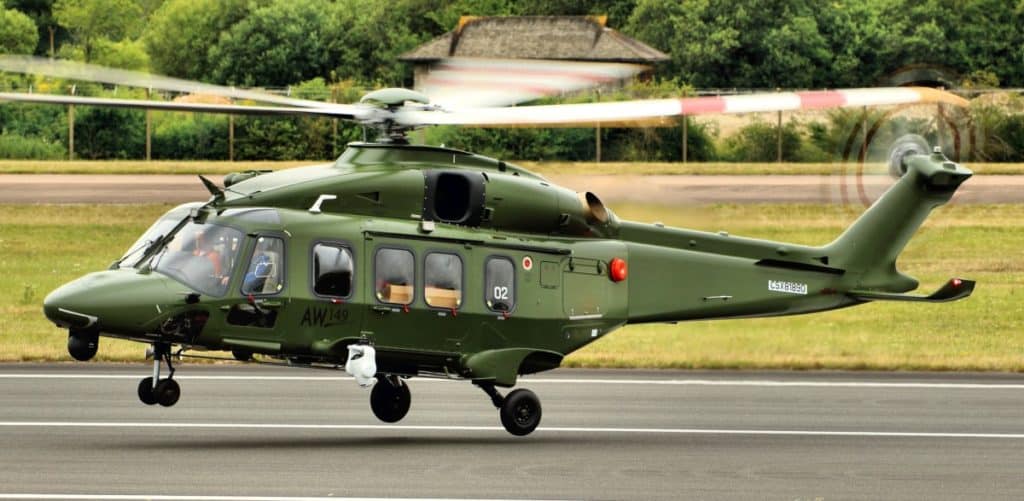
The AW149M is built on the success of its civilian partner the AW189 and its transport capabilities in the Off-Shore sector.
With 7 cabin configurations available straight from the factory to support every kind of mission this is a true multi-role helicopter.
State-of-the-art avionics make this all-weather helicopter a true pilots machine and able to carry 16 fully loaded troops over 500 nm at 155 kts is no mean feat either!
| Manufacturer: | Leonardo |
| Engines: | 2x General Electric CT7-2E1 Turboshaft |
| Engine Power: | 2,000 shp ea |
| Maiden Flight: | 2009 |
| Max Cruise Speed | 155 kts 178 mph 287 kph |
| Max Vne Speed | 169 kts 194 mph 313 kph |
Leonardo AW149M Website
4. Boeing CH-47F ‘Chinook’
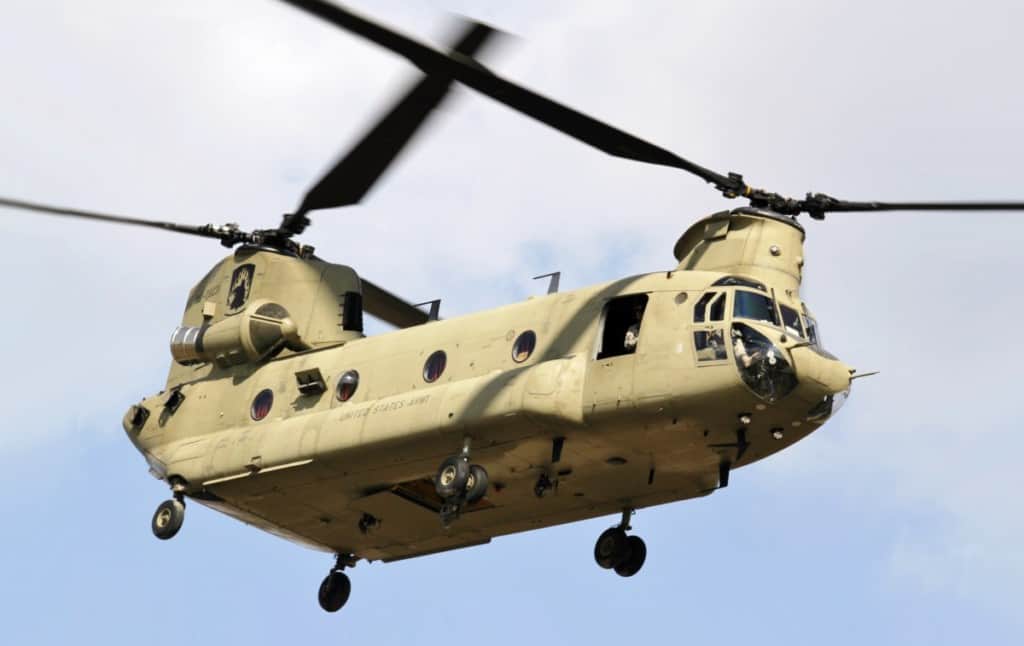
One of the most globally recognized helicopters on the battlefield this latest generation Chinook from Boeing stretches the boundaries even more
Whether it is carrying troops, slinging heavy equipment or being used as a MedEvac ship this beast is a true multi-role helicopter.
For saying how big this helicopter is, the speed it can move at is phenomenal, hence why it’s a very popular troop MedEvac helicopter.
| Manufacturer: | Boeing |
| Engines: | 2x Lycoming T55-GA-714A Turboshaft |
| Engine Power: | 4,700 hp each |
| Maiden Flight: | 2001 |
| Max Cruise Speed | 157 kts 181 mph 291 kph |
| Max Vne Speed | 163 kts 188 mph 302 kph |
Boeing CH-47F Website
3. Sikorsky S70i ‘Blackhawk’
The S70i Blackhawk from Sikorsky is the international military version of the ubiquitous UH-60 Blackhawk.
The S70i is assembled in Poland by PZL Mielec under license from Sikorsky.
The Blackhawk is one of the most widely used military helicopters in the world and partly due to its high cruise speed!
| Manufacturer: | Sikorsky |
| Engines: | 2x General Electric GE-T701D |
| Engine Power: | 1,940 shp each |
| Maiden Flight: | 1974 |
| Max Cruise Speed | 160 kts 184 mph 296 kph |
| Max Vne Speed | Not Given |
Sikorsky S70i Website
2. NH90
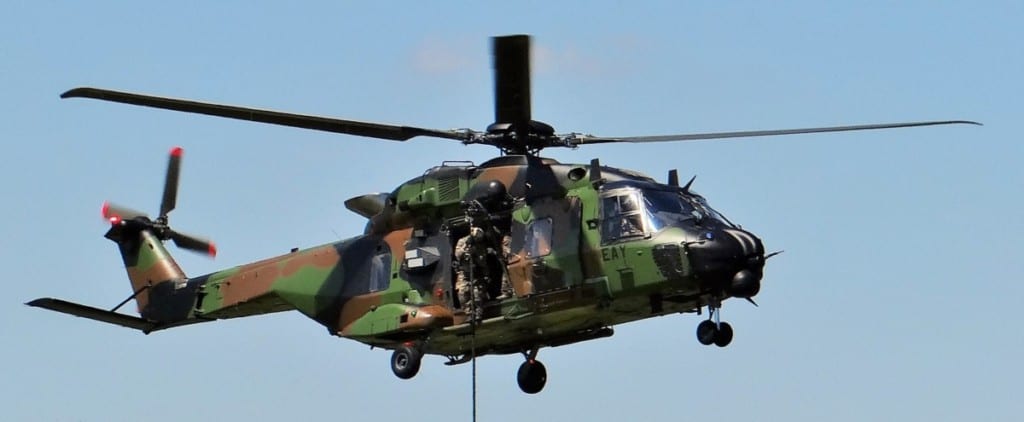
Built by a European consortium of Airbus Helicopters, Leonardo & Fokker Aerostructures to meet the requirement from NATO for a multi-role medium-lift military helicopter.
In service with 13 Countries Armed Forces in either as a Naval or Tactical Transport Helicopter.
This helicopter leads the technological race as it was the first true Fly-By-Wire helicopter and boy is it fast!
| Manufacturer: | NHIndustries |
| Engines: | 2 x Turbomecca RTM 322-01/9A |
| Engine Power: | 2,417 shp each |
| Maiden Flight: | 1995 |
| Max Cruise Speed | 162 kts 186 mph 300 kph |
| Max Vne Speed | Not Given |
NH90 Website
1. Leonardo AW139M
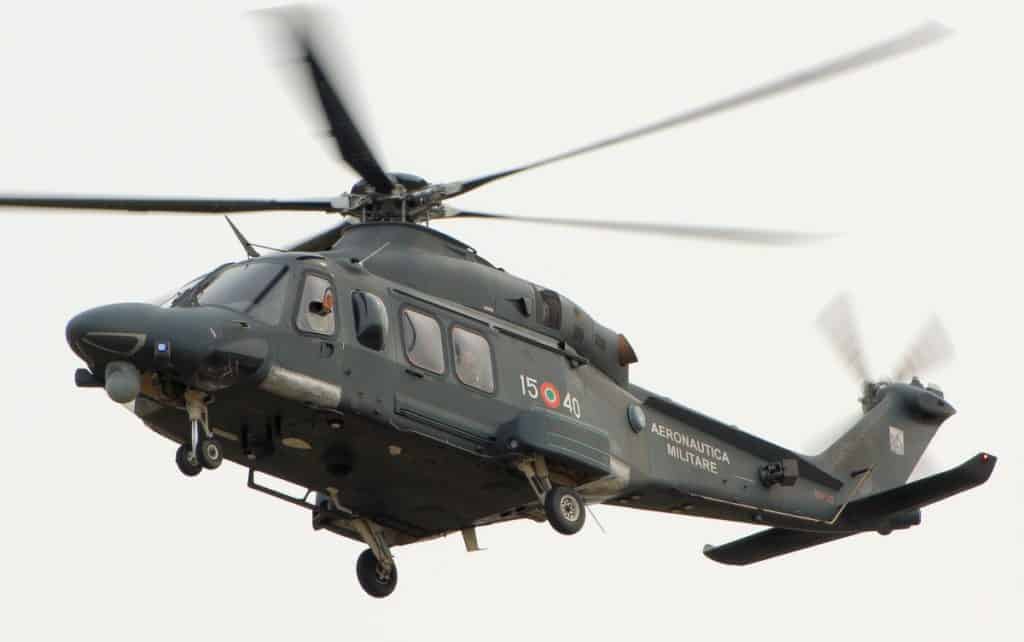
Taking the top spot for both the fastest production civilian and military helicopters the AW139 is a fantastic aircraft.
After seeing the success of the AW139 in the civilian sector the military version was released in 2011 as a versatile Intermediate Twin helicopter.
With such a wide mission-capable platform it’s no wonder this helicopter is in service with over 45 countries!
| Manufacturer: | Leonardo |
| Engines: | 2x P&W PT6C-67C Turboshaft |
| Engine Power: | 1,100 shp ea |
| Maiden Flight: | 2011 |
| Max Cruise Speed | 165 kts 190 mph 306 kph |
| Max Vne Speed | 167 kts 193 mph 310 kph |
Leonardo AW139M Website
Current Fastest Helicopter In The World
Westland Helicopters Lynx
On August 11, 1986 a modified Westland Lynx helicopter, G-LYNX broke the world speed record over a 15 km course with a top speed of 257 kts and an average of 216 kts. This record still stands today for a conventional helicopter.
The Lynx has been developed into over 40 variants and has been used by over 17 Armed Forces and stays in production with its latest evolution the AW159 ‘Wildcat’.
| Manufacturer: | Westland Helicopters |
| Engines: | 2x Rolls Royce Gem with Methanol Injection |
| Engine Power: | 1,200 shp ea |
| Maiden Flight: | 1971 |
| Max Cruise Speed | 216 kts 249 mph 400 kph |
| Max Vne Speed | 223 kts 257 mph 413 kph |
Leonardo G-LYNX 30th Anniversary Brochure
How Fast Do Air Ambulance Helicopters Fly?
Generally, most air ambulance helicopters can fly between 80-130kts/90-150mph/150-240kph. At top speed, flying in a straight line, an EMS helicopter can reach 40 miles away in as little as 15 minutes. Flying in a straight line and being able to land in tight spaces allows rapid medical attention.
The most common EMS helicopters in use are Bell 407s, Airbus AS350s, Airbus H135s, Leonardo A109s, Leonardo AW139s and MD902s. The Leonardo helicopters have the highest top speeds due to their design and power but each medical helicopter is able to reach the scene well before a land ambulance.
The other way that an air ambulance helicopter is much faster than land transport is the ability to land in the middle of remote farmland, hills, mountains, swamp, and woodlands. For the ground transport to park as close as possible and then complete the rest of the journey on foot consumes precious time.
The helicopters ability to land in a clearing the size of a tennis court allows the onboard medical attendants to begin providing medical care extremely quickly.
How Fast Do Search & Rescue Helicopters Fly?
Most SAR helicopters cruise around 140-150knots but have flying times of 3-6 hours or more with auxiliary fuel tanks. The majority of SAR helicopters are large, powerful, twin-engine helicopters that are built for endurance rather than top speed.
The most common search and rescue helicopters in the world are the Sikorsky S92, Sikorsky MH-60 Jayhawk, Leonardo AW139, and Leonardo AW101. SAR helicopters are used more for searching or casualties and the rescue of multiple casualties in one go so their cabin and fuel tanks need to be large.
When SAR helicopters are required is usually due to the remoteness of a casualties location that is beyond the capabilities of a local air ambulance or ground-based medical attention.
To Finish
The top speed of most helicopters is around the 300 kph mark at this time mainly due to the aerodynamic drag caused by the main rotor blade tips reaching the speed of sound as they rotate and creating shockwaves that introduce huge drag.
As you may be able to see in a few of the photos, manufacturers are designing main rotor blades with odd-shaped blade tips to help overcome this, but this can only do so much.
For true speed in a helicopter we are starting to see huge developments in the Hybrid, Compound, and Tilt-Rotor designs that are really pushing the speed limits.
Having flown in the AW139 it is a great feeling to be cruising close to 160 kts but then it really hurts when jumping into the AS350 with a Utility Basket and being only able to push it to 105 kts!

